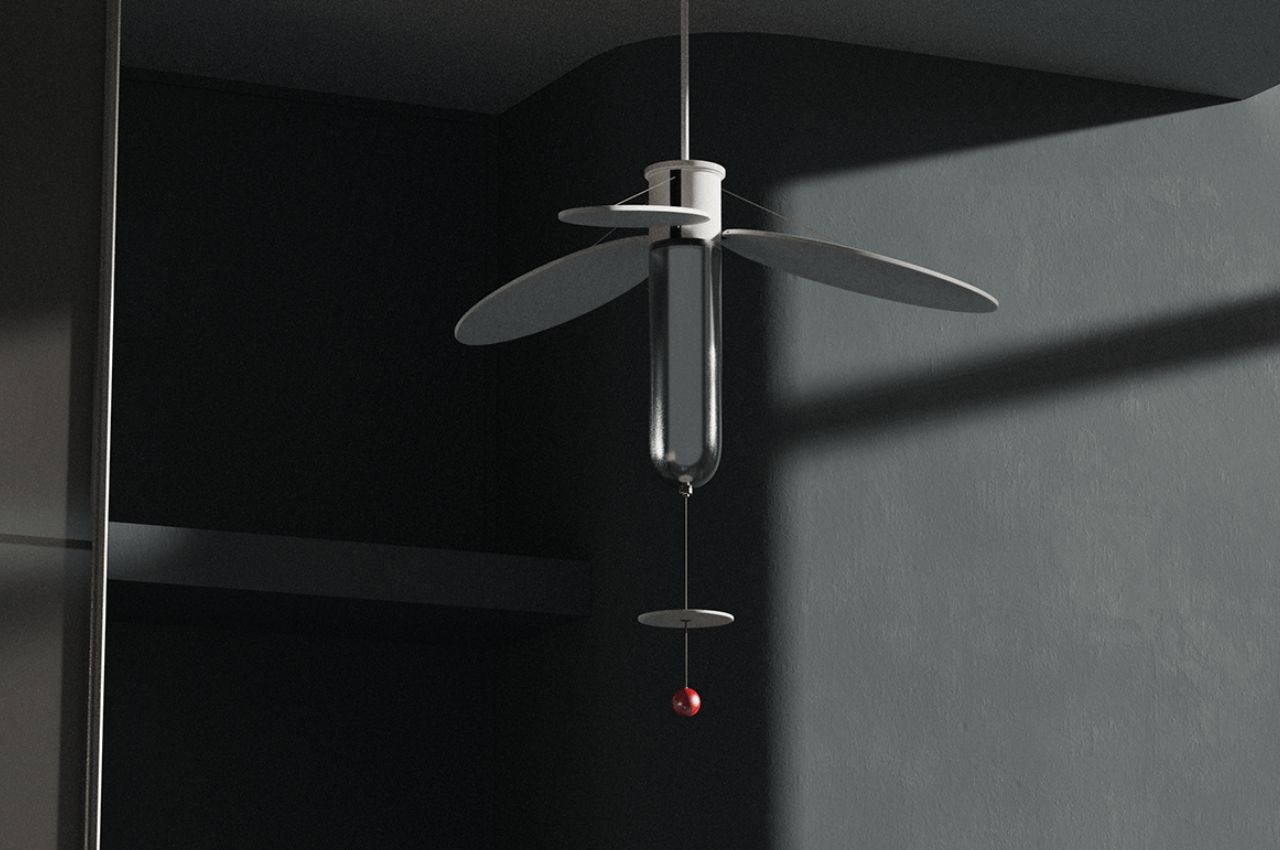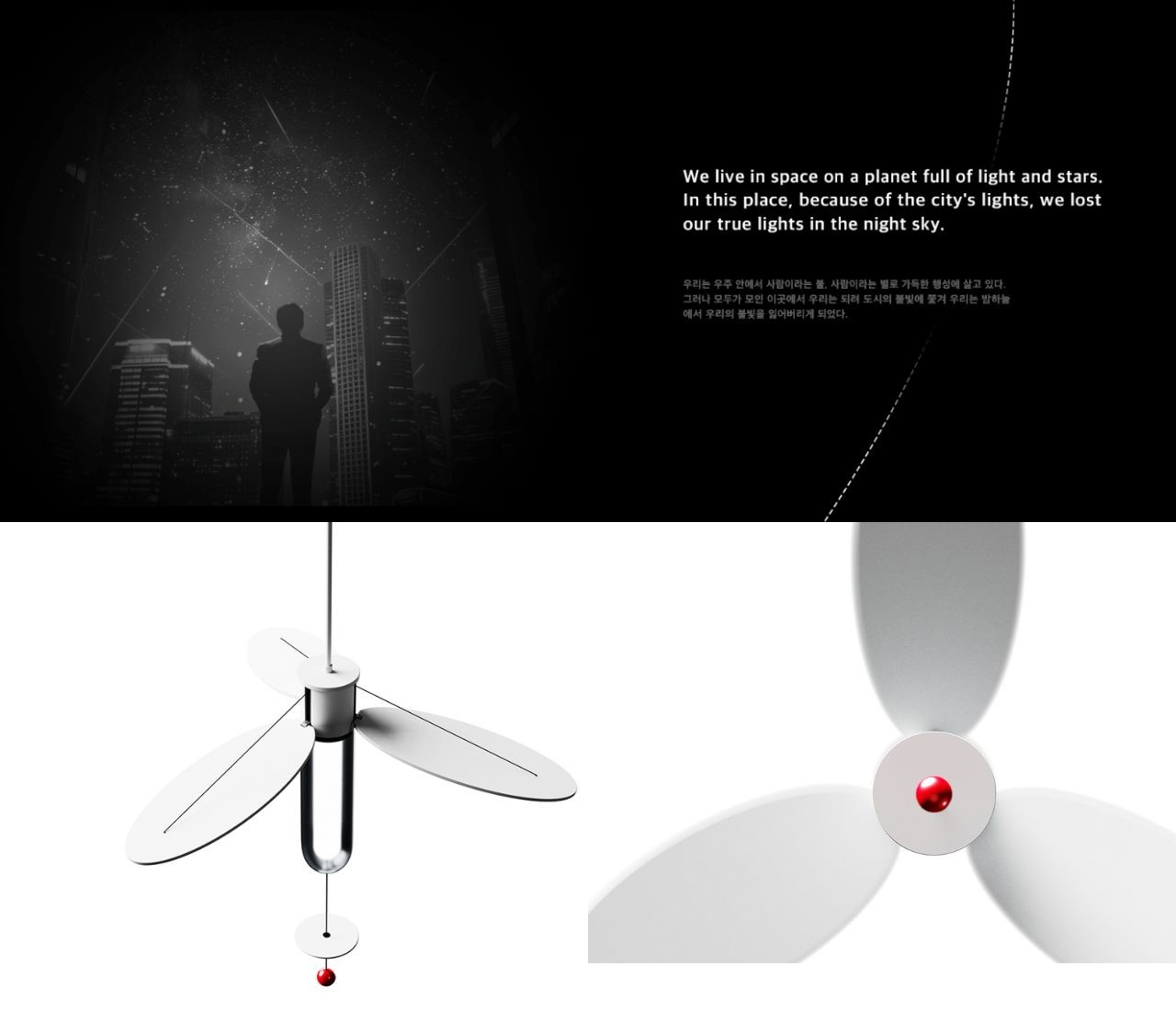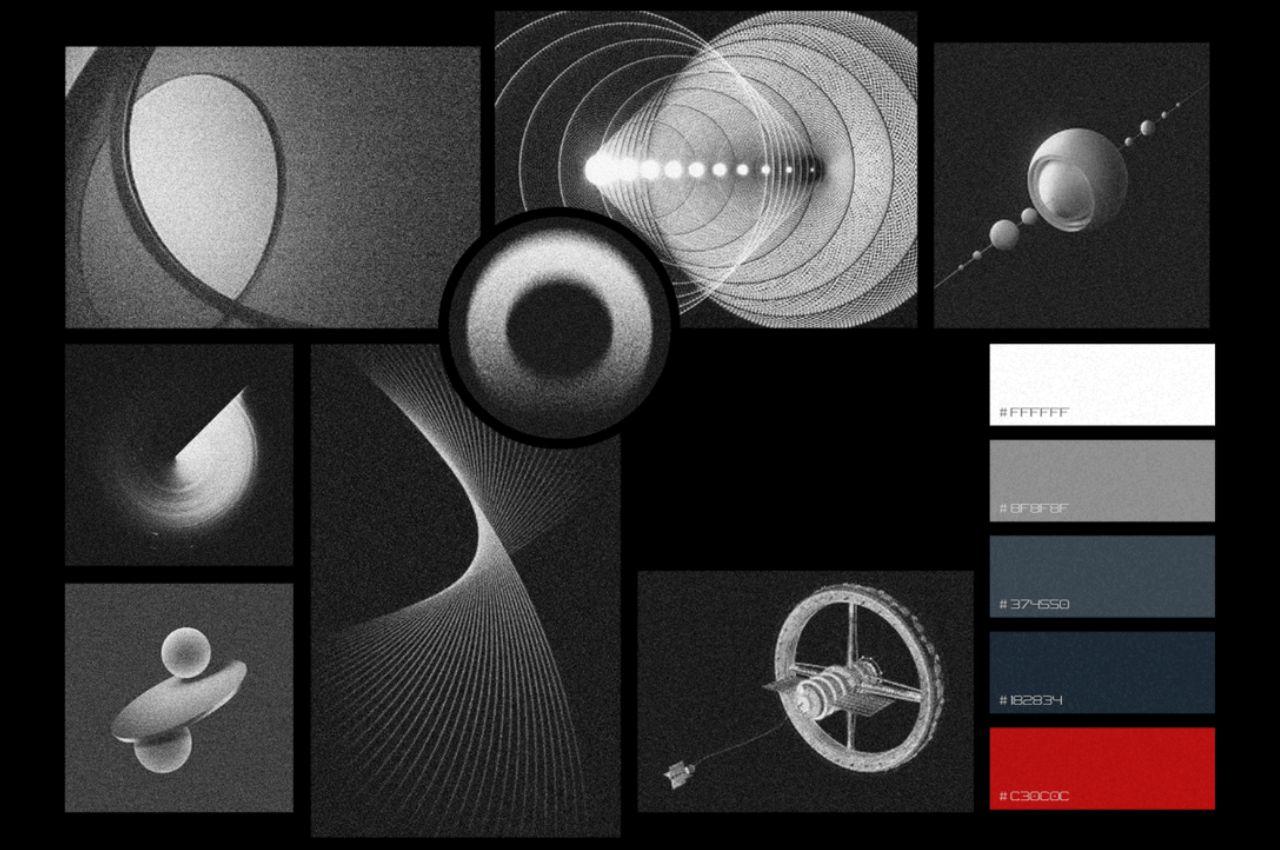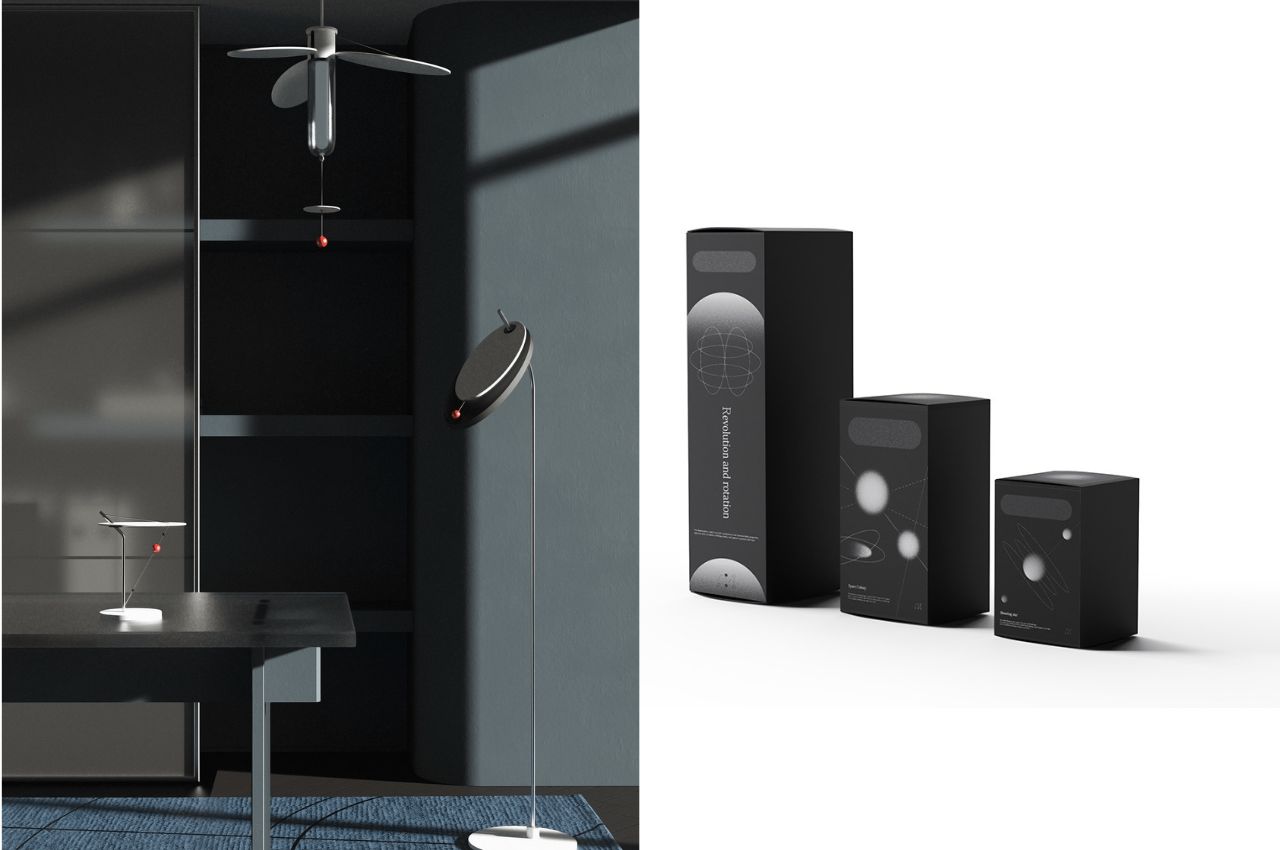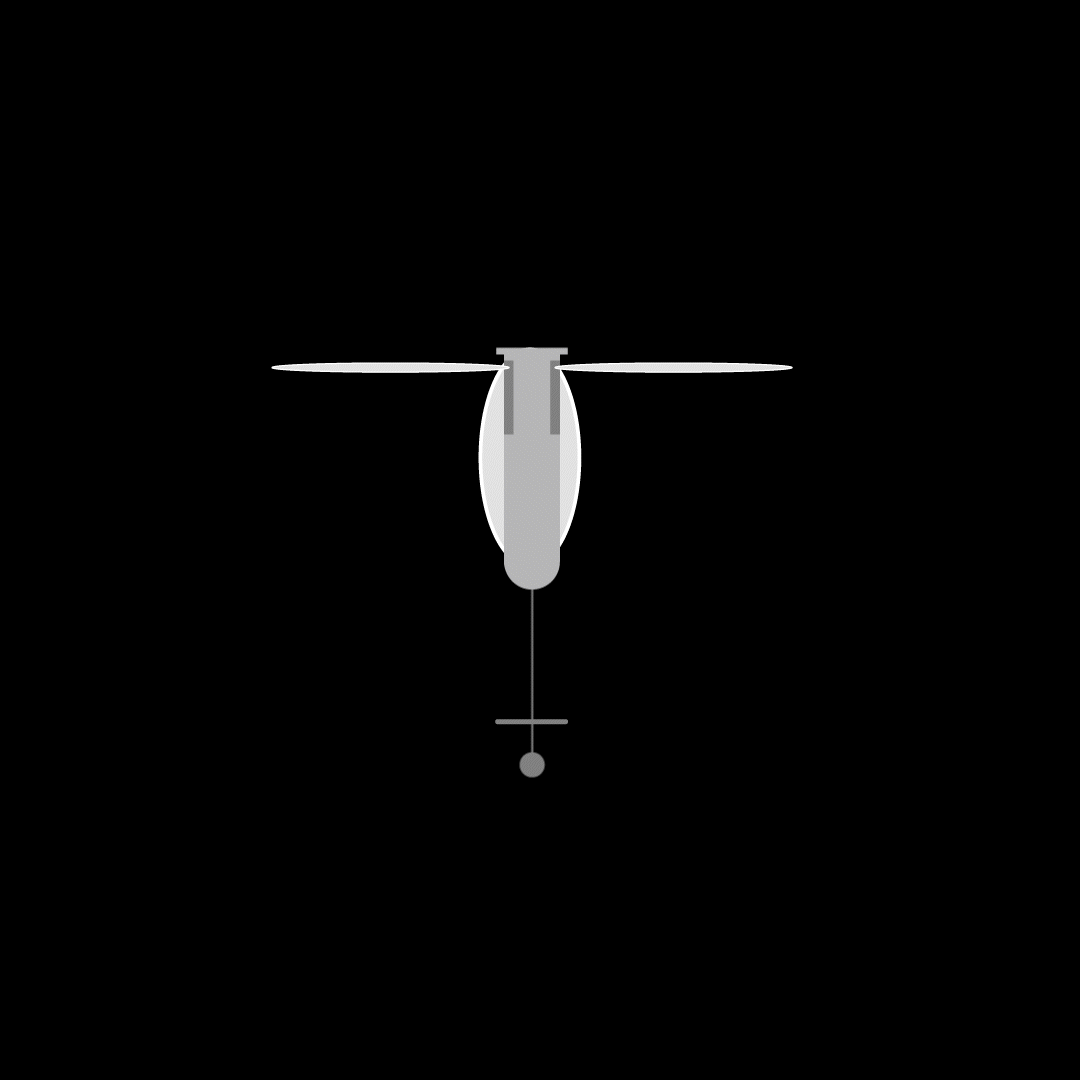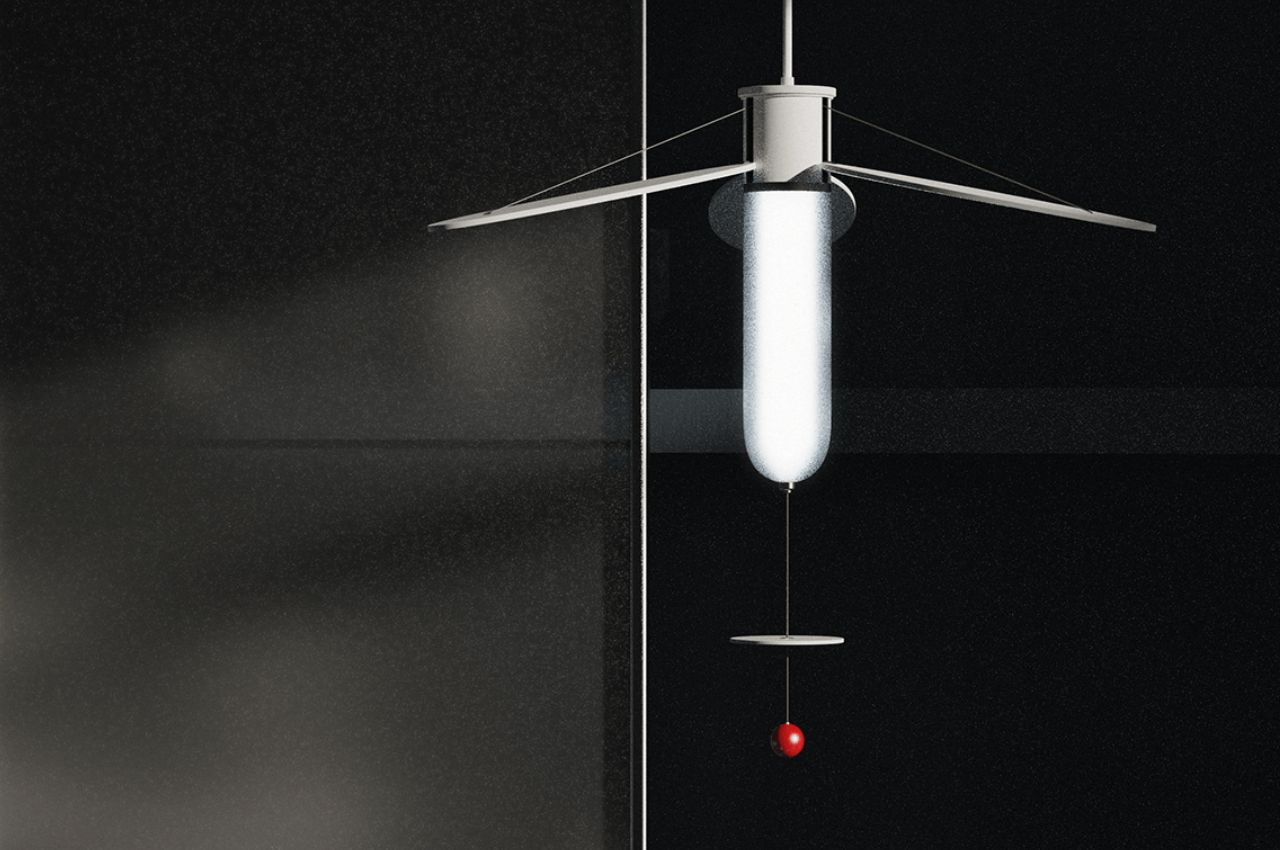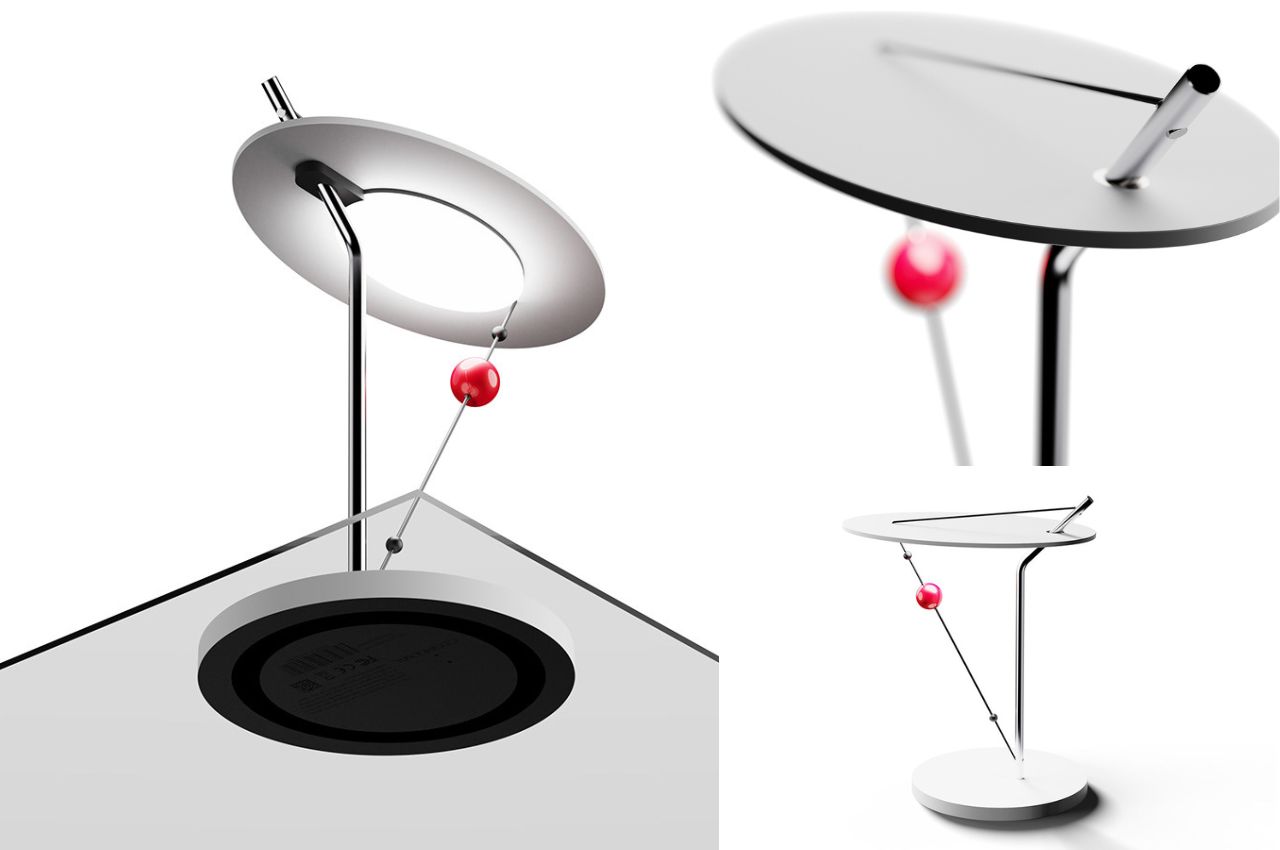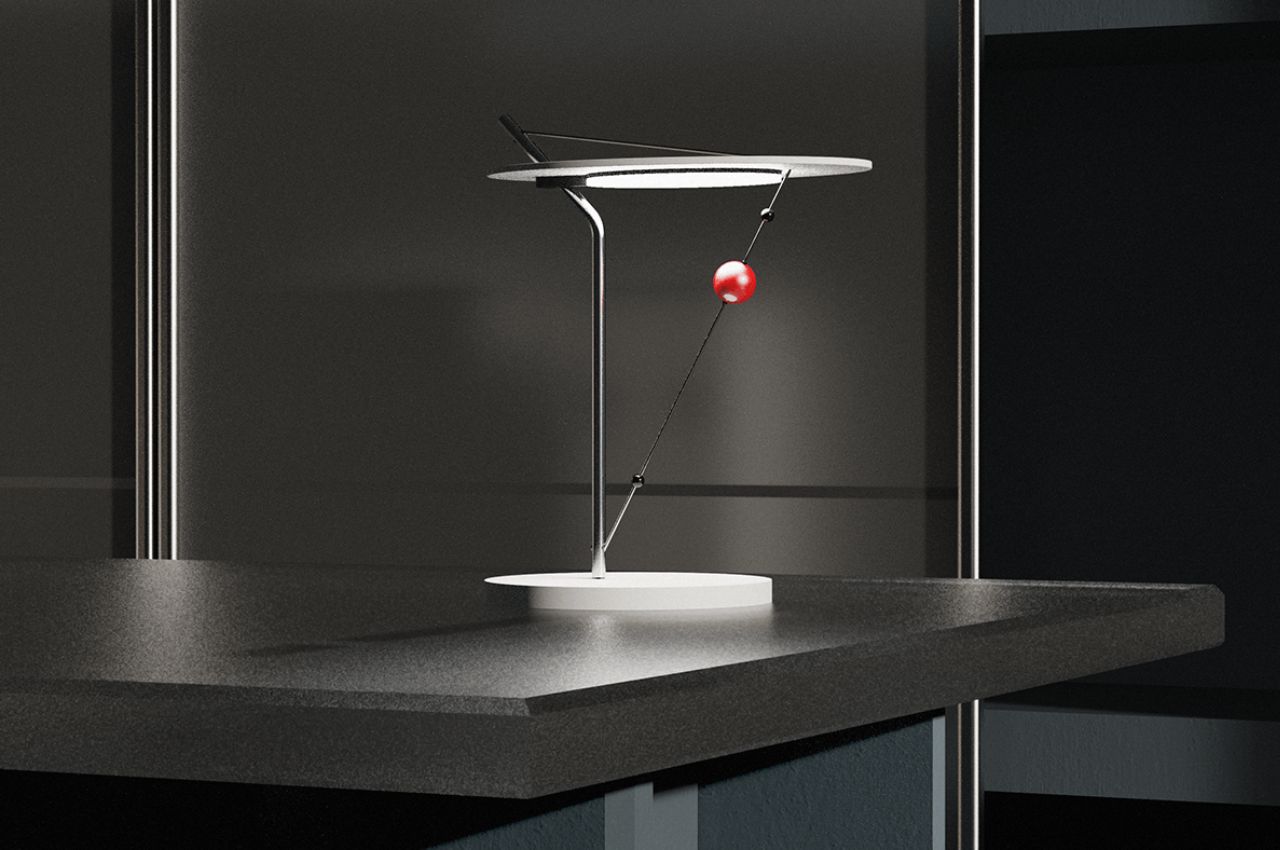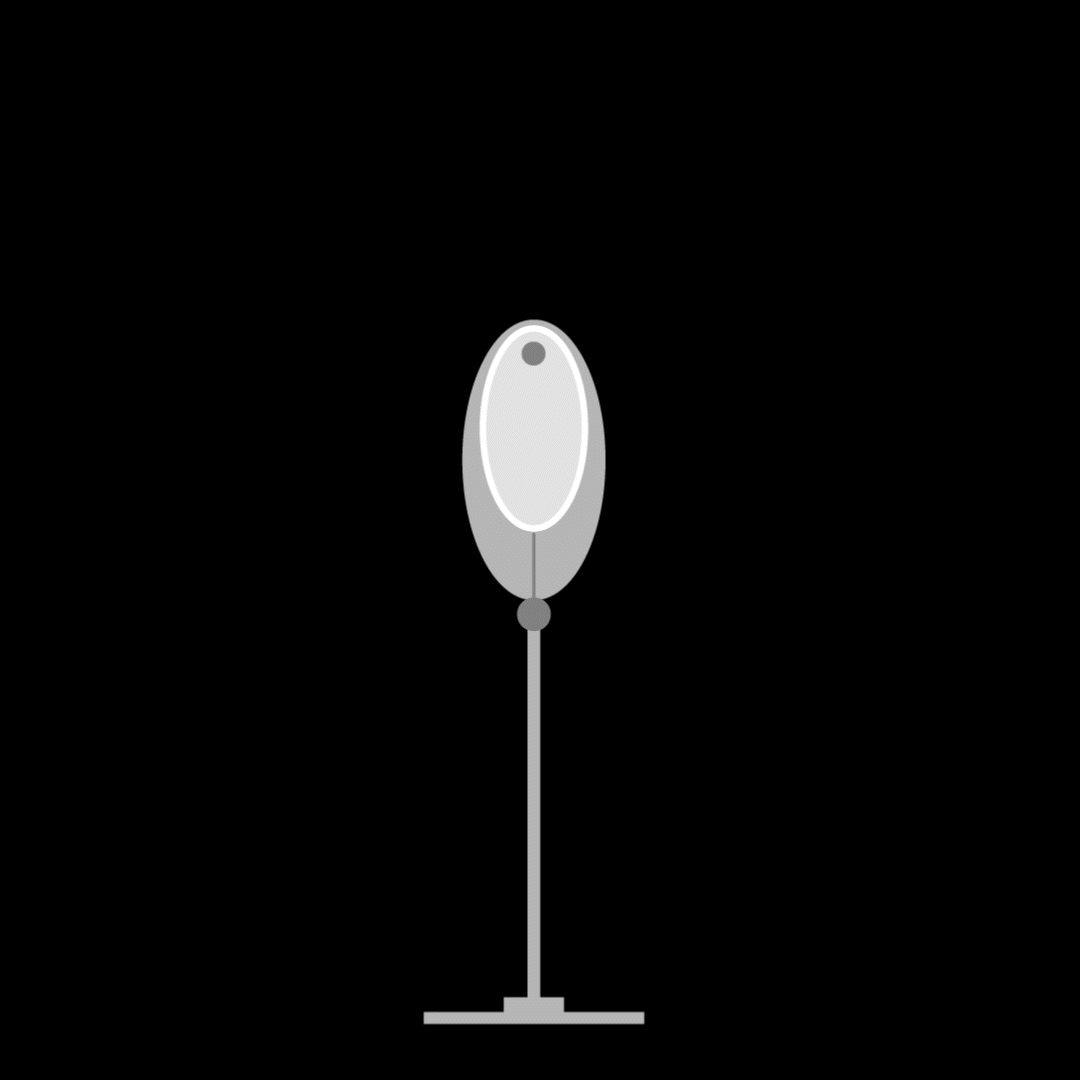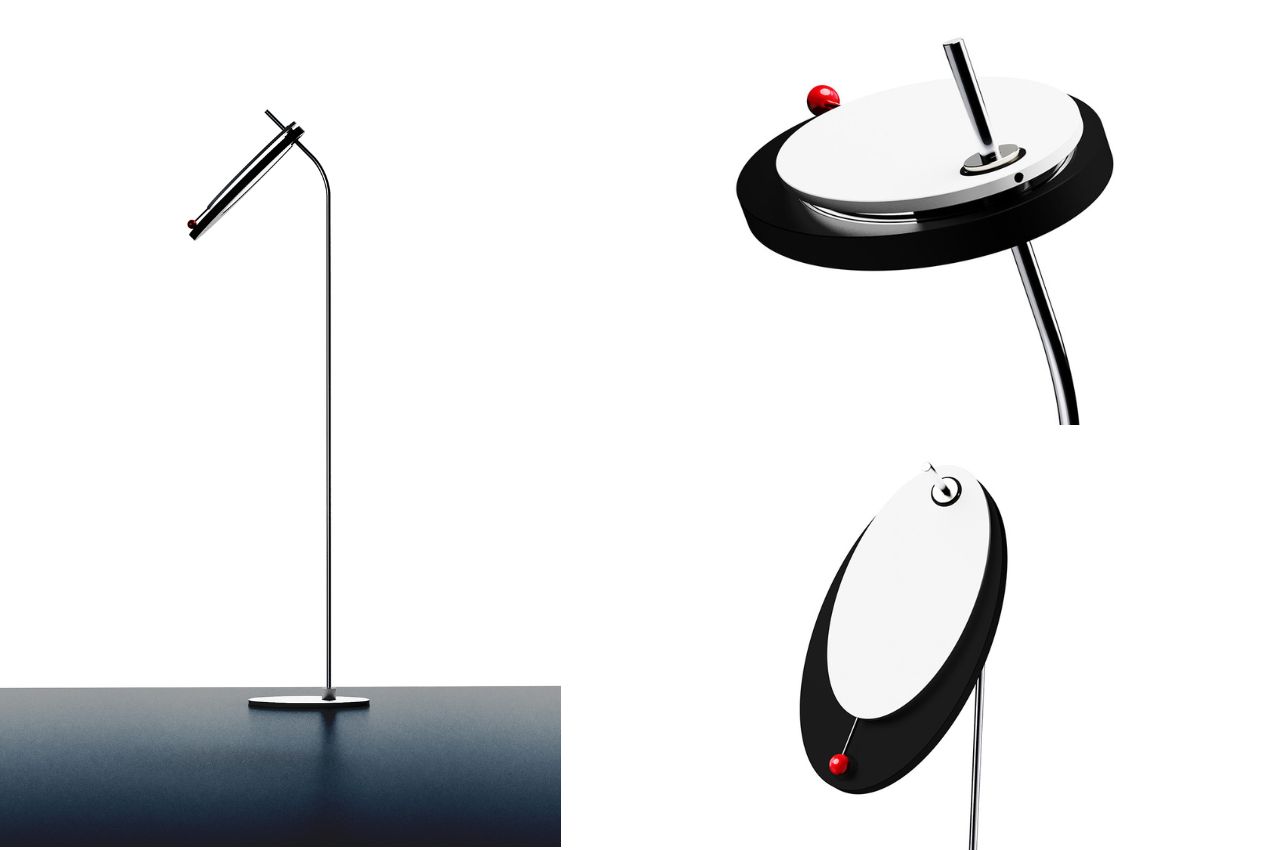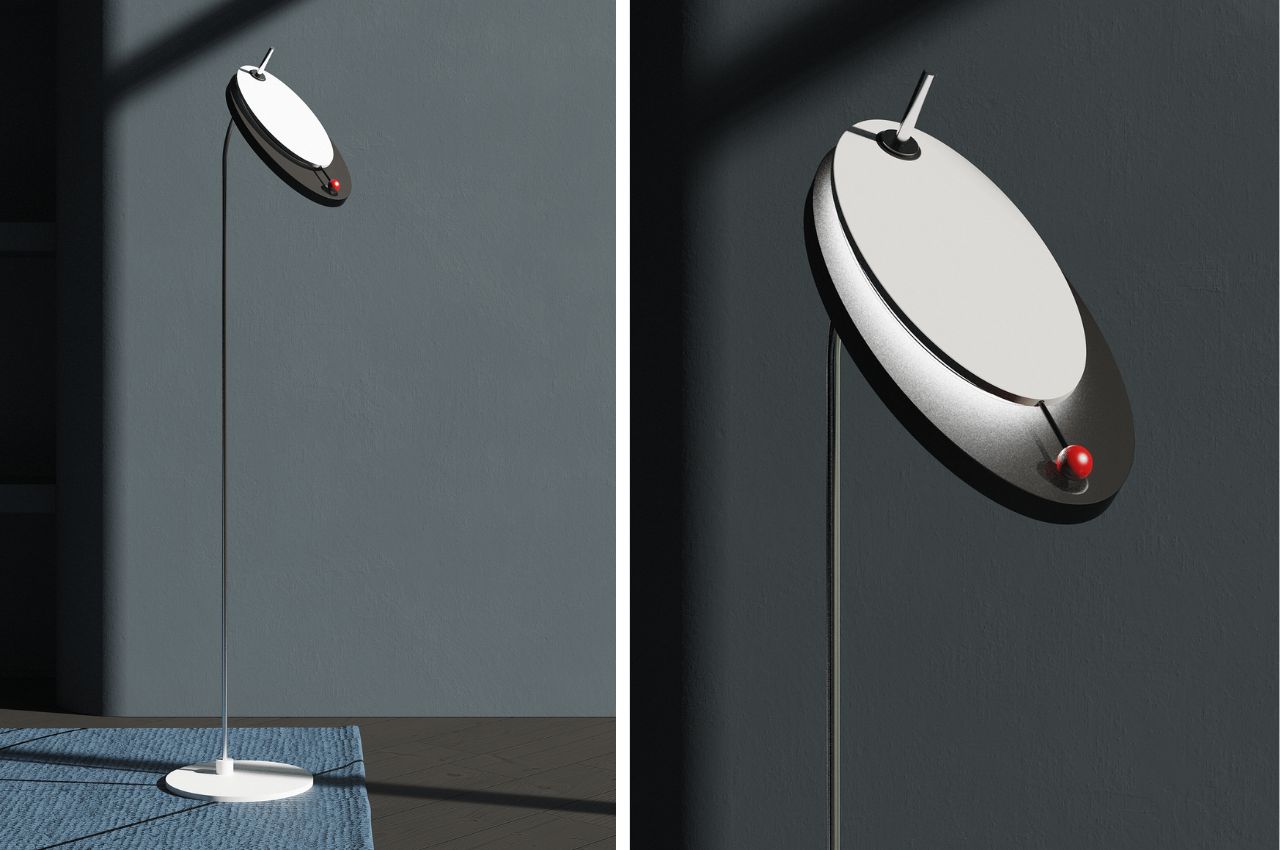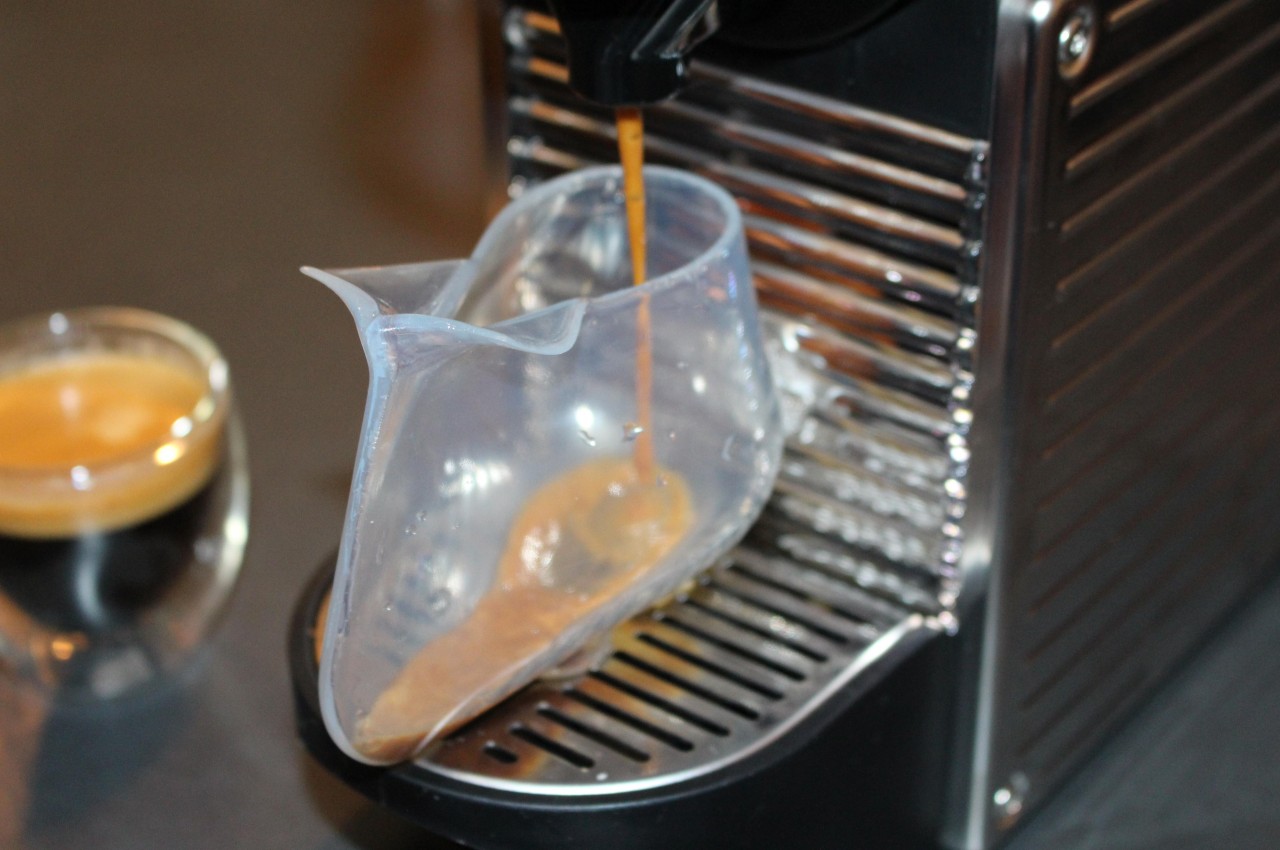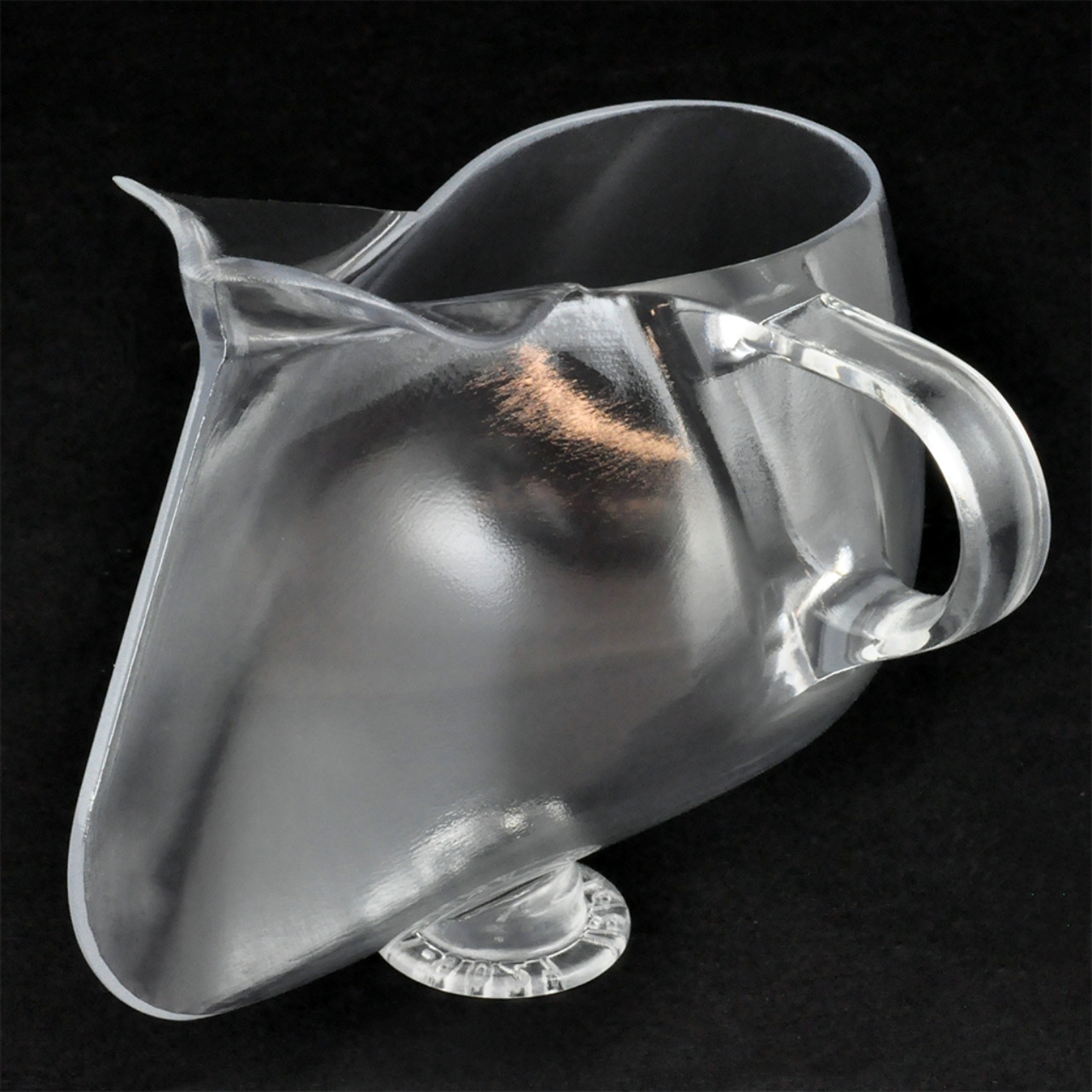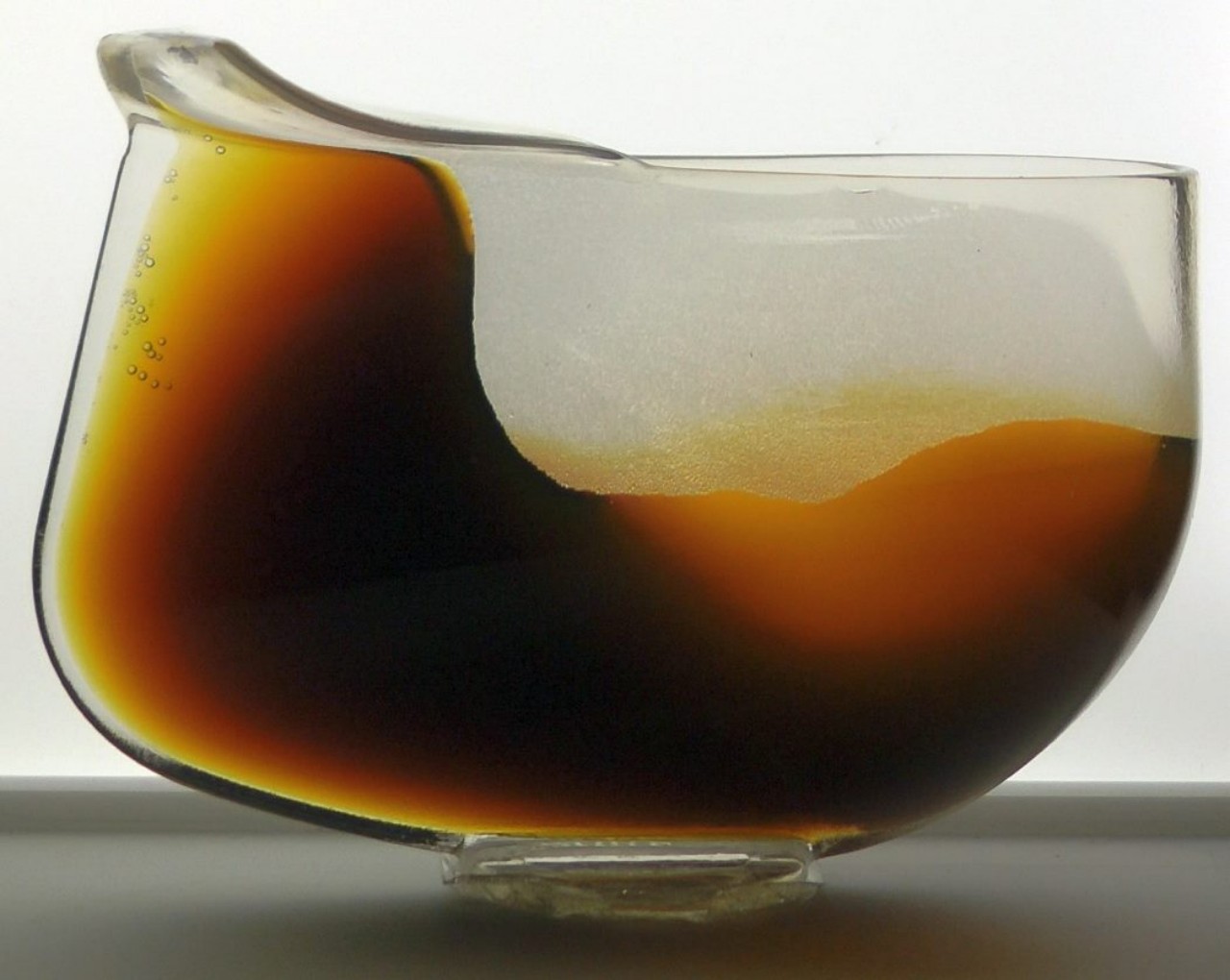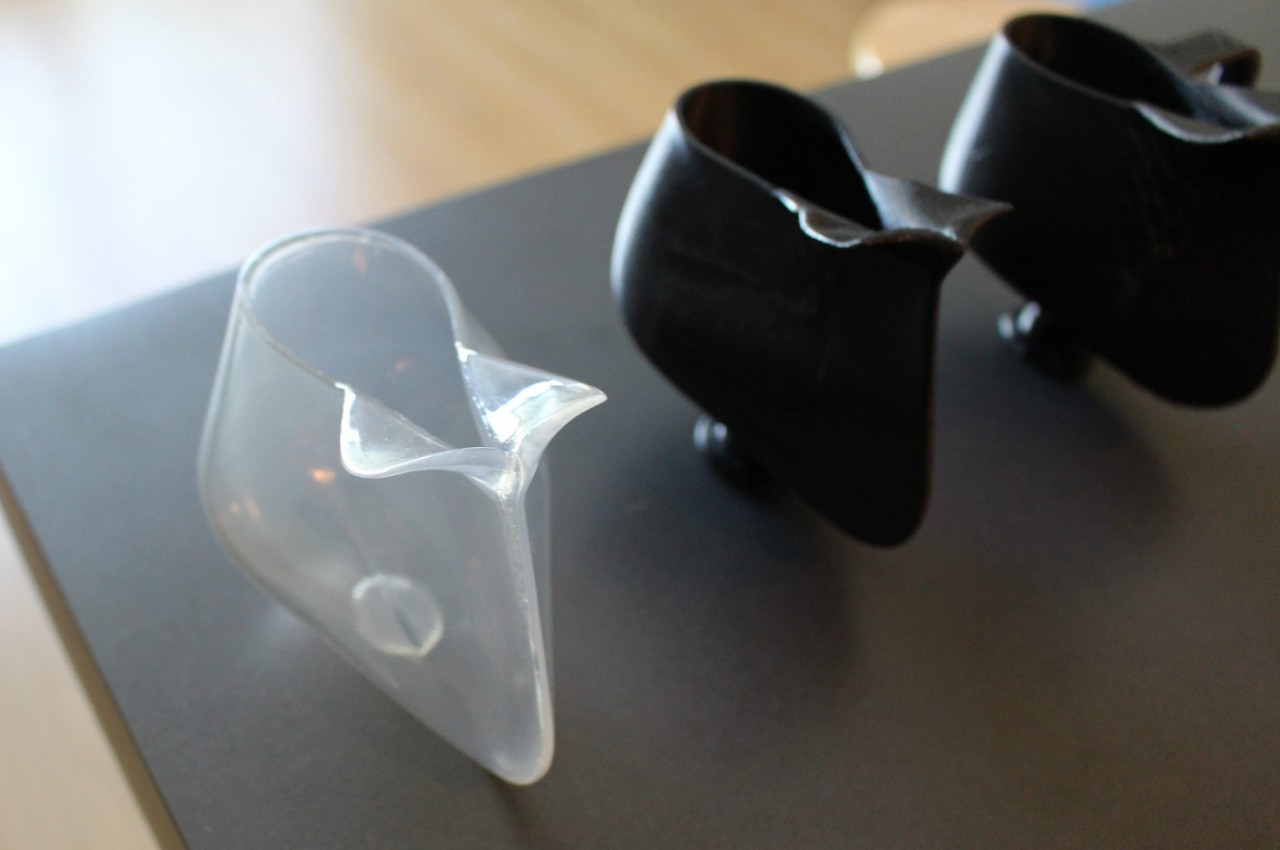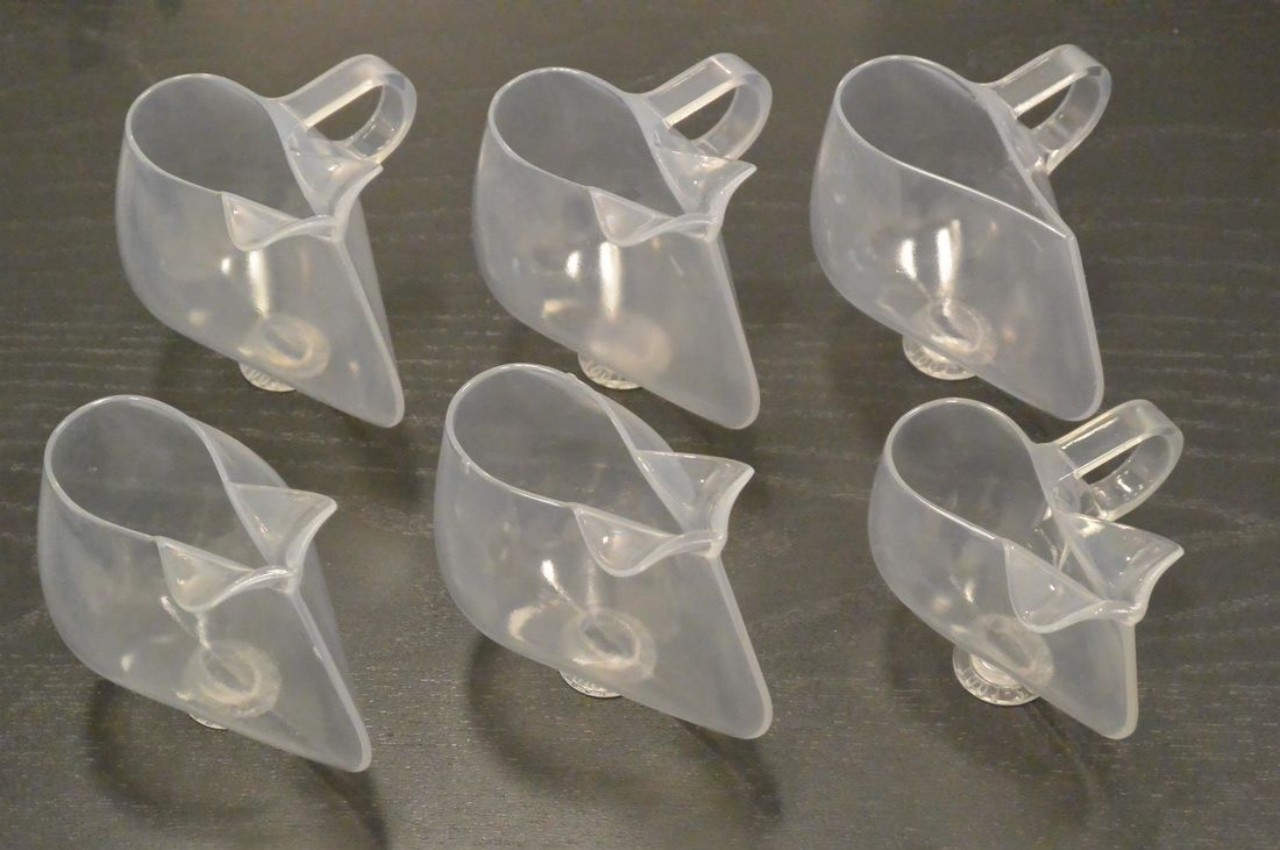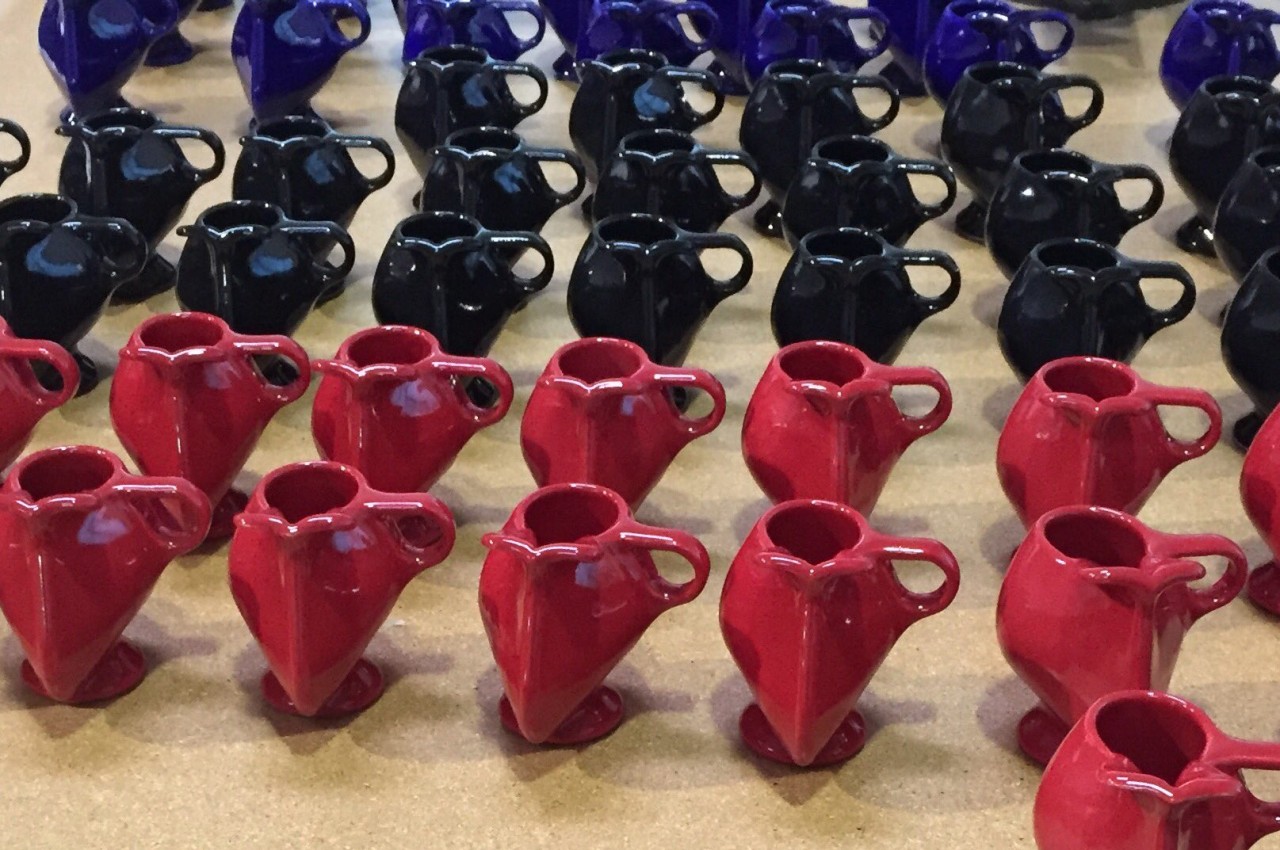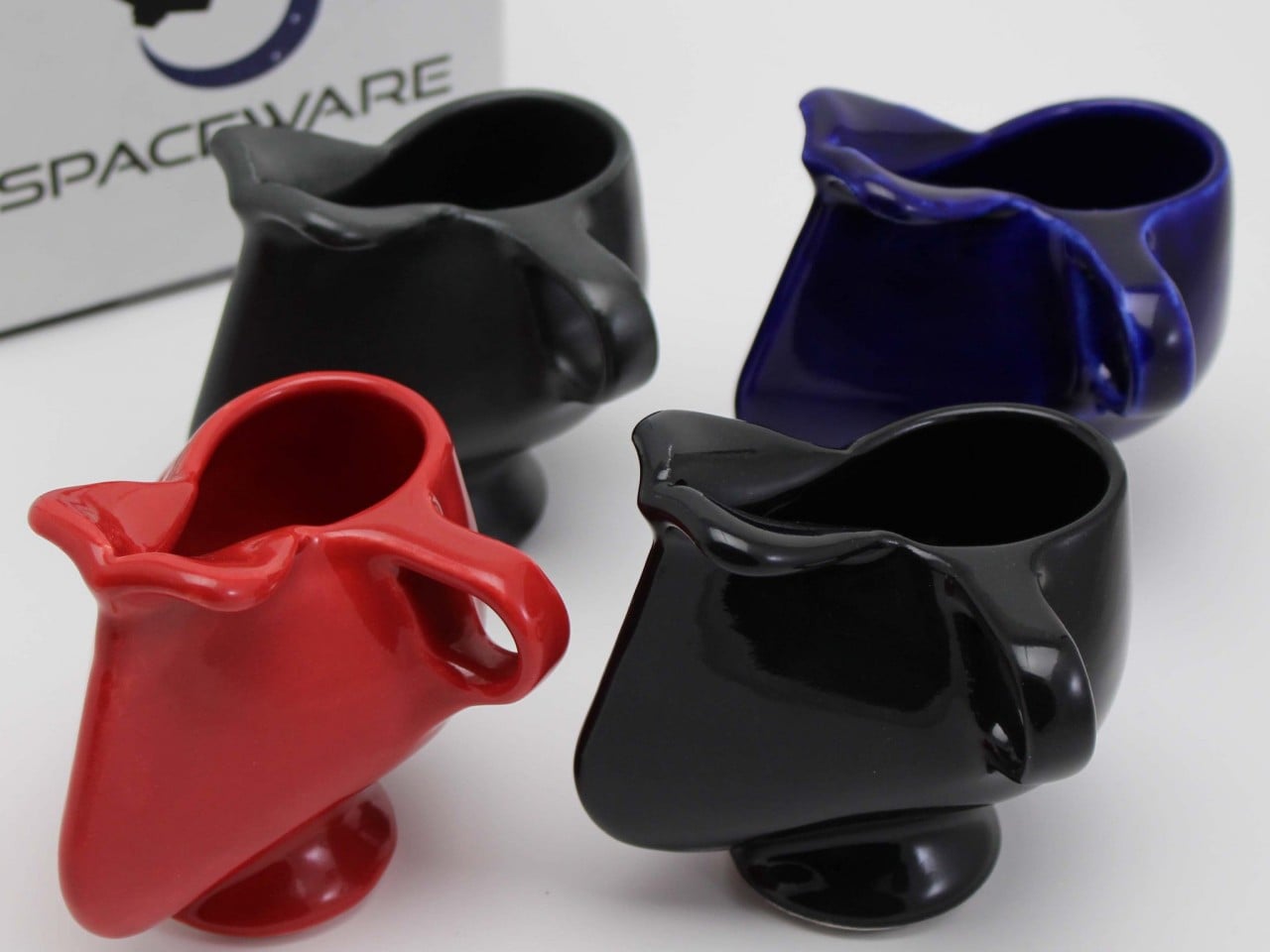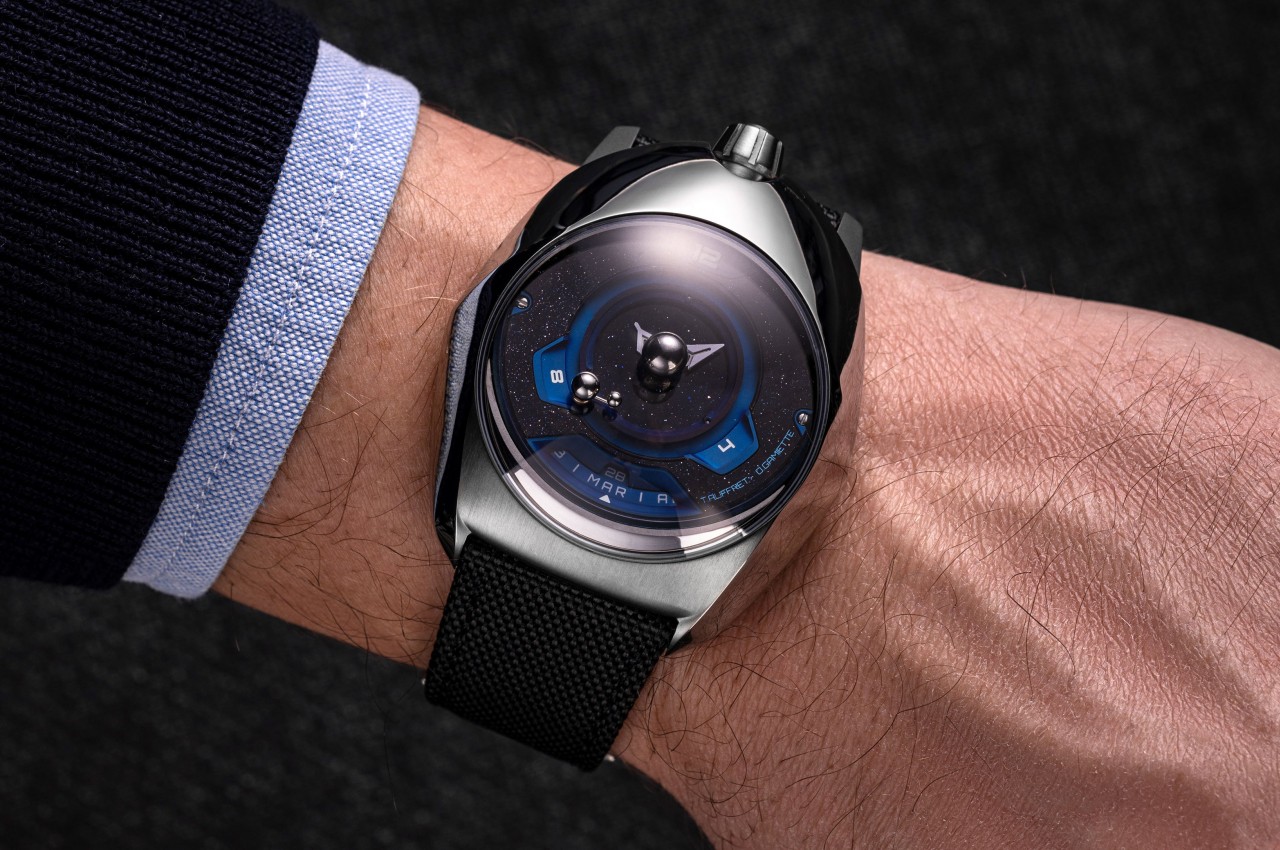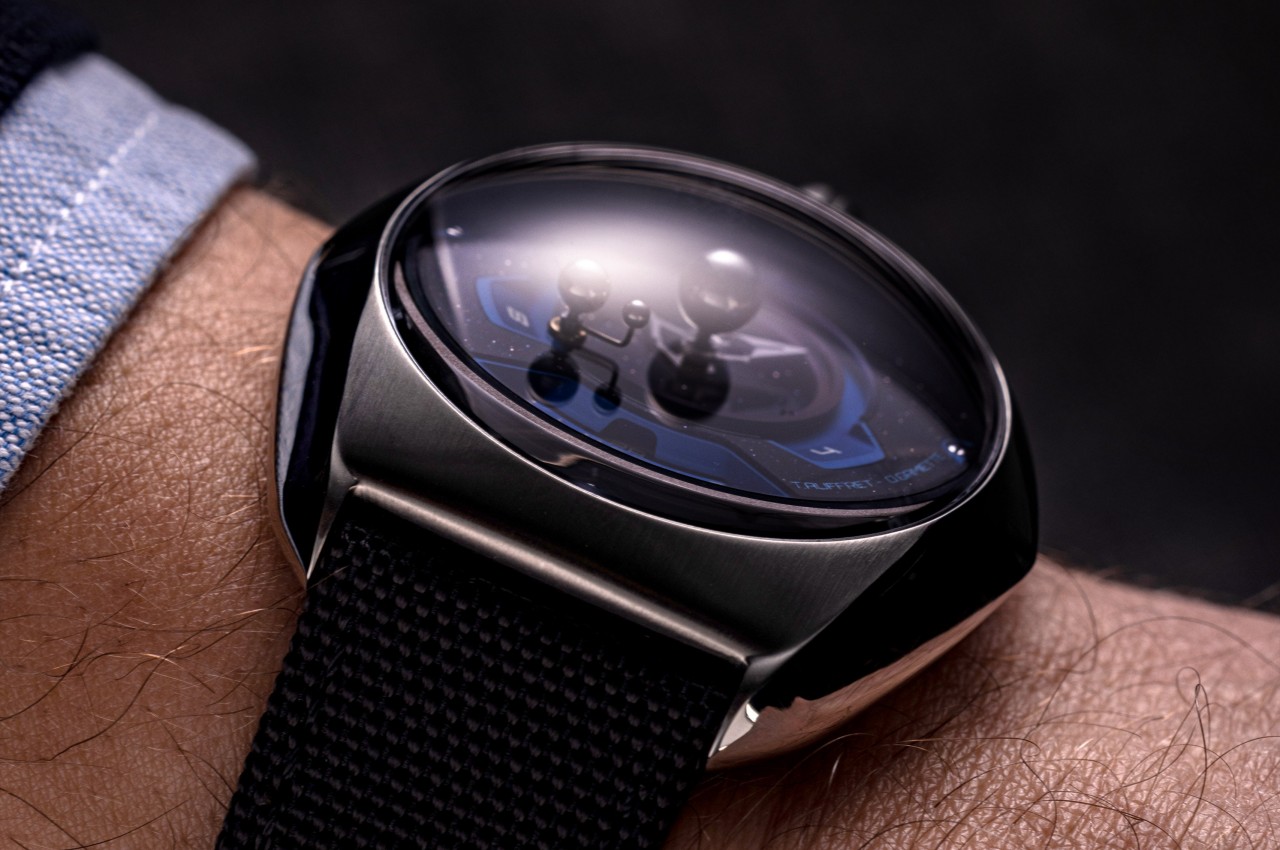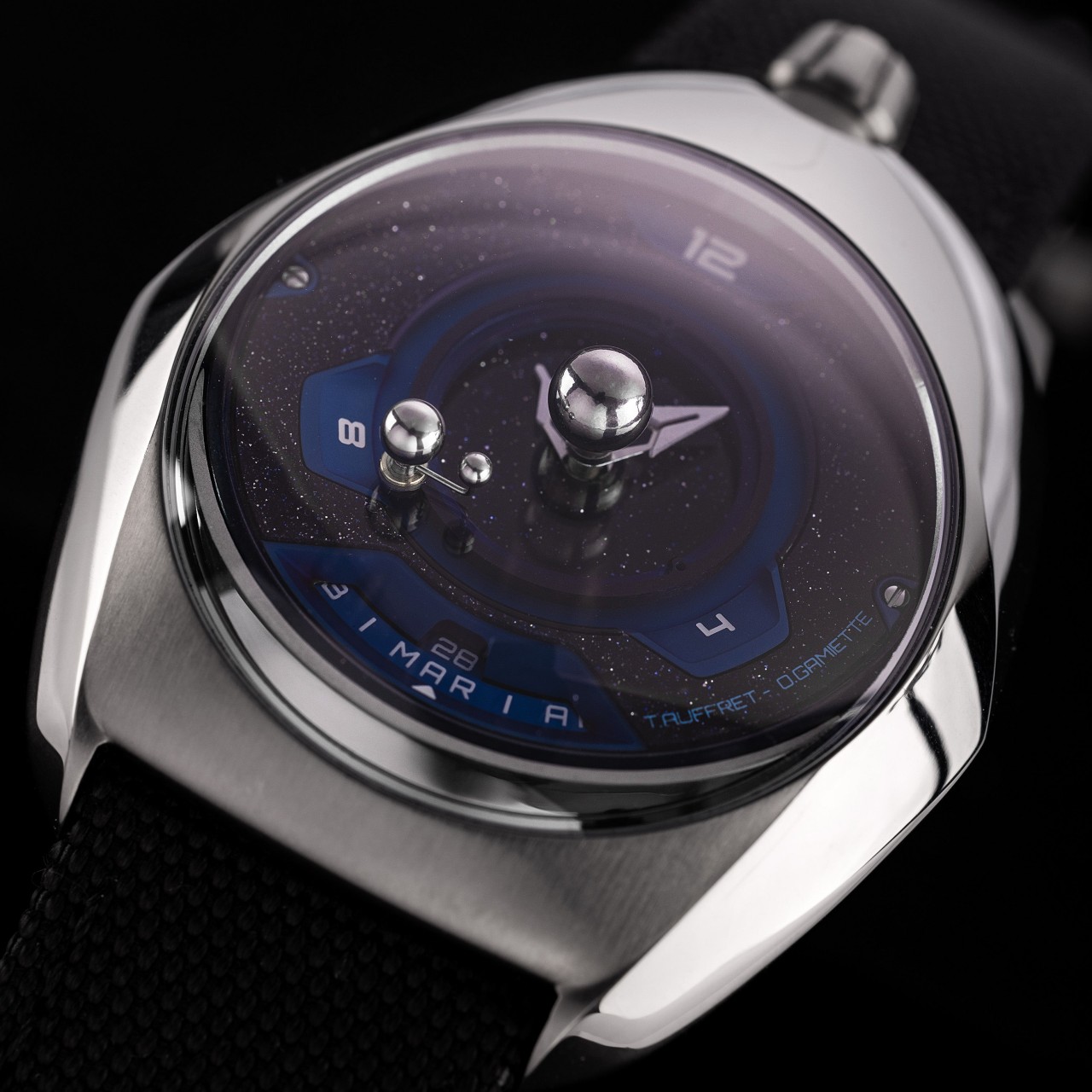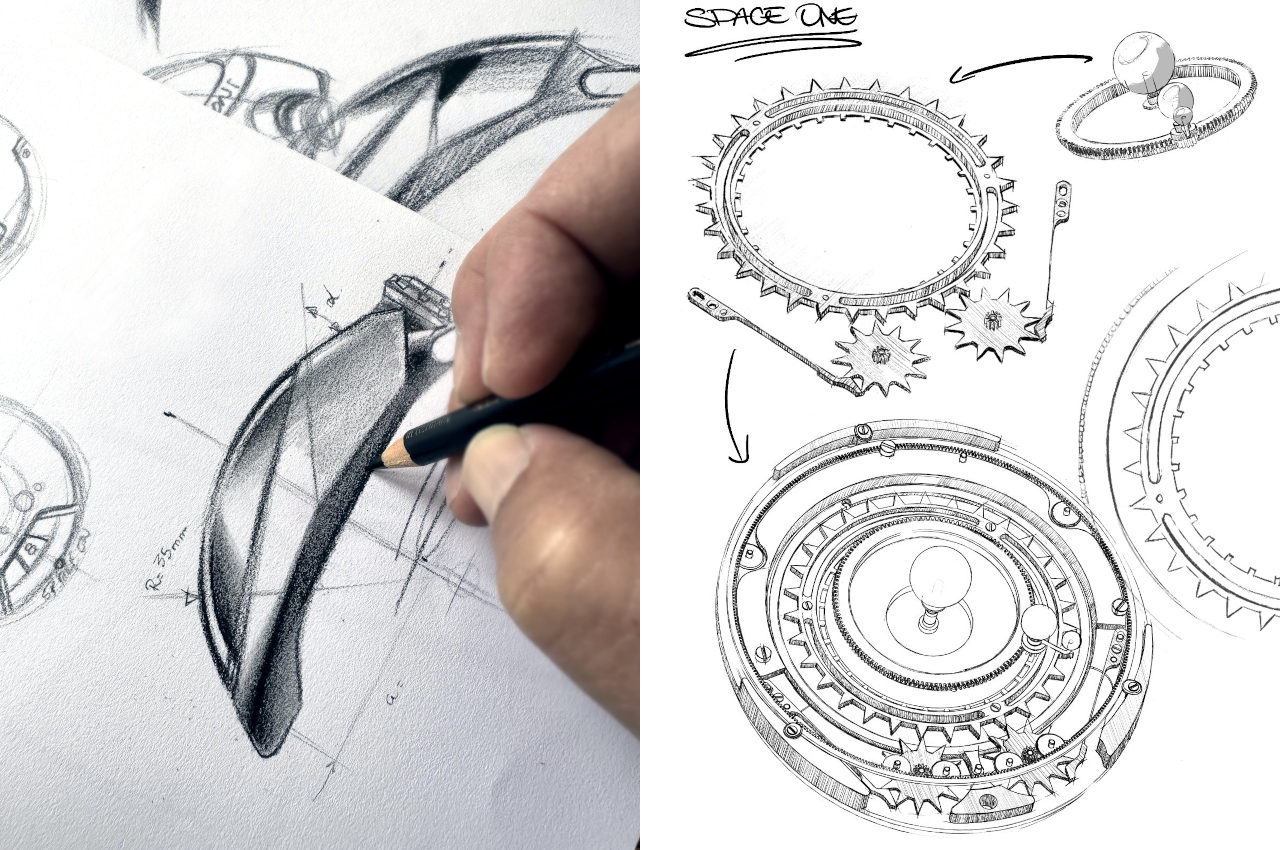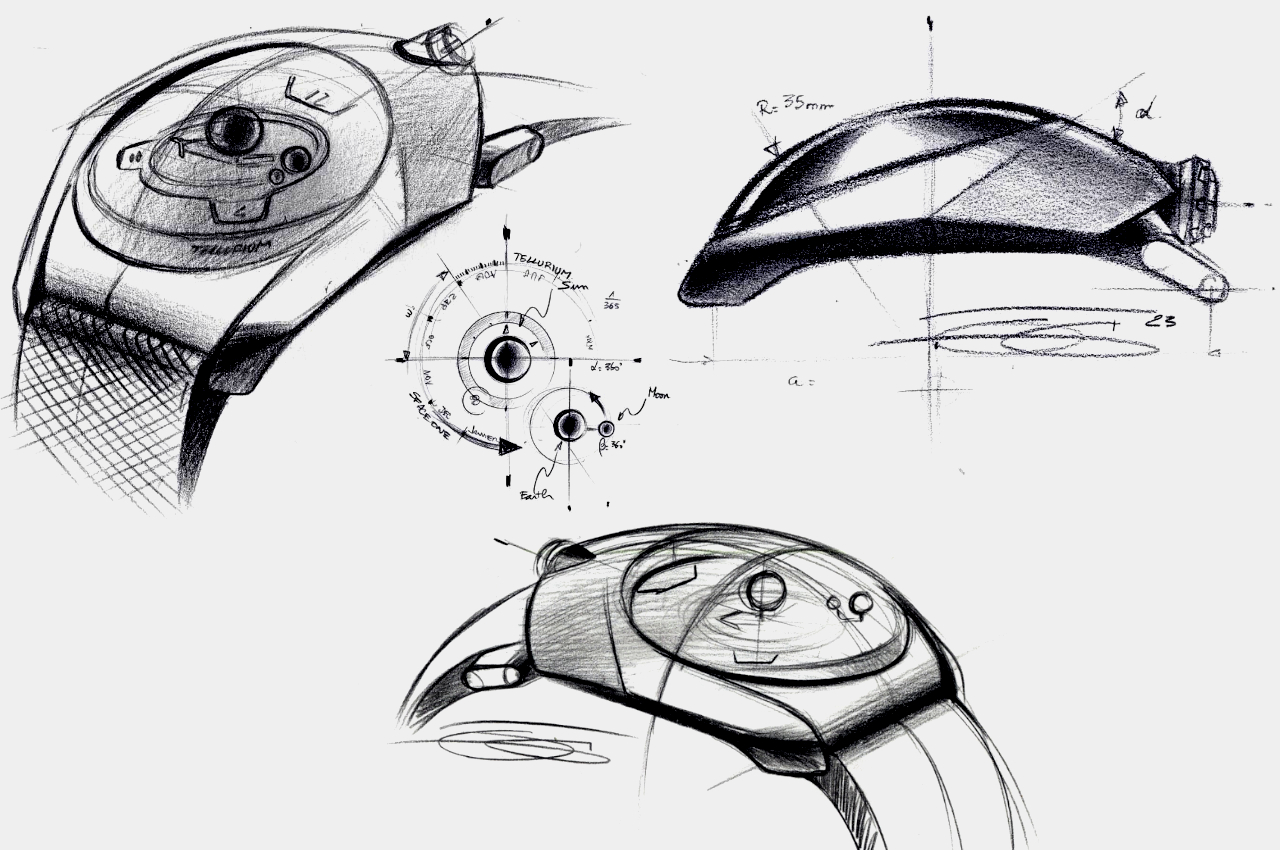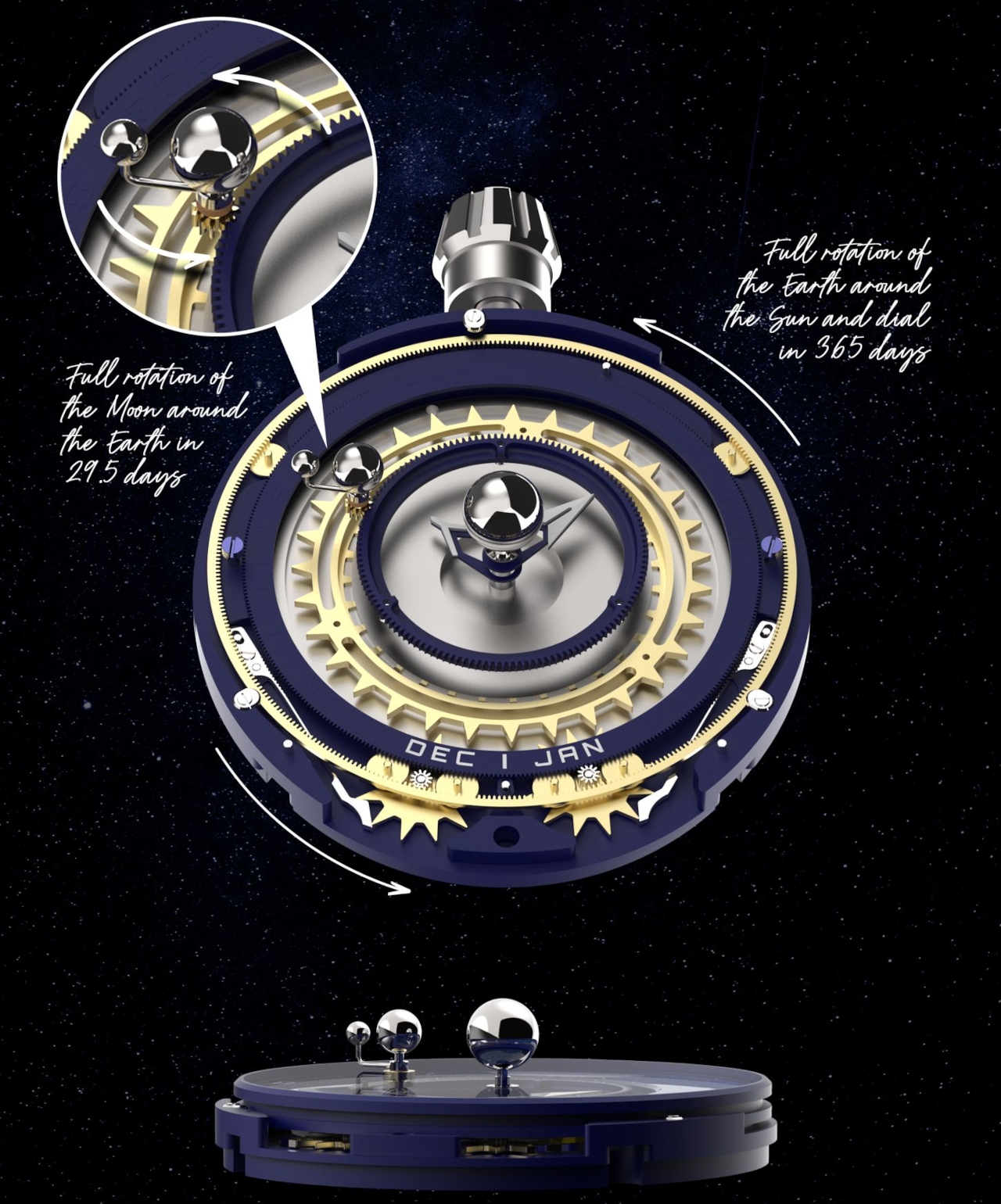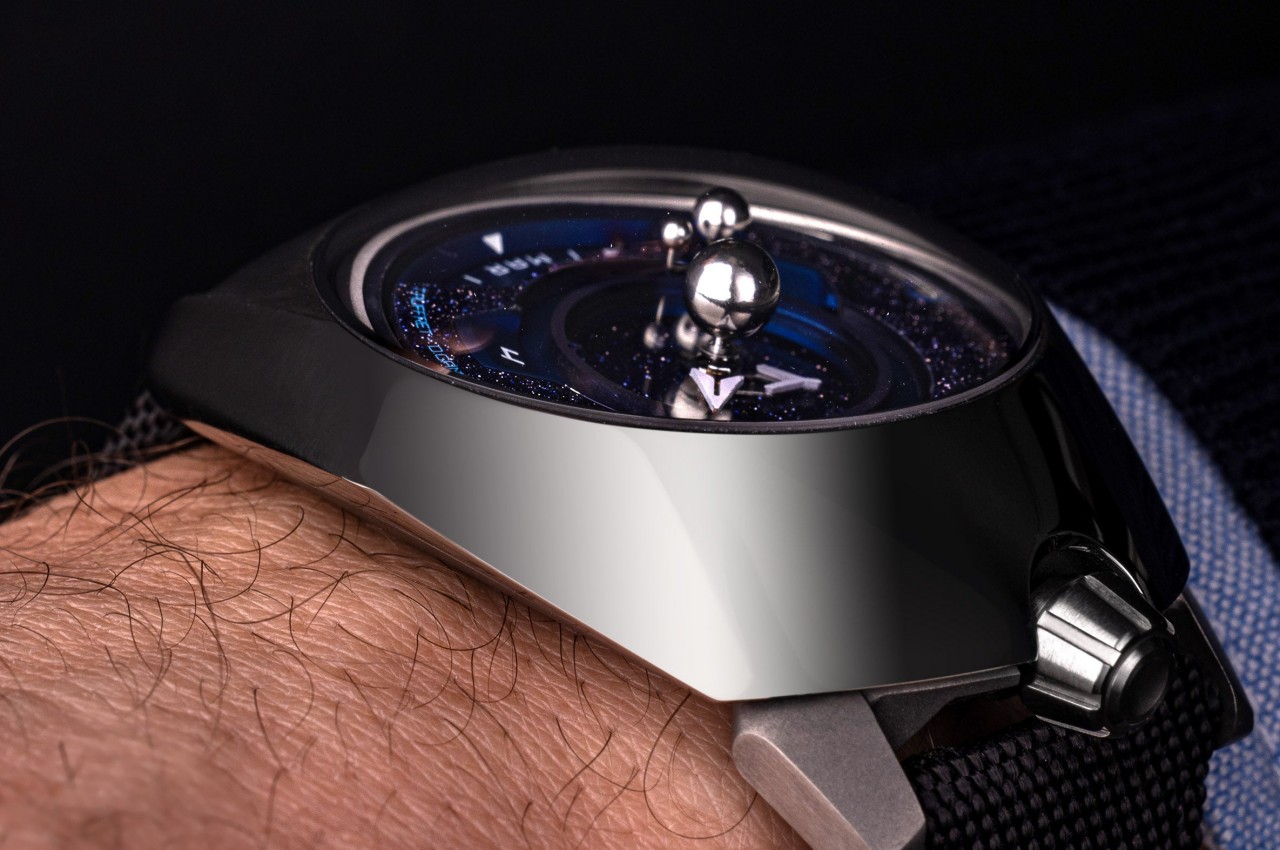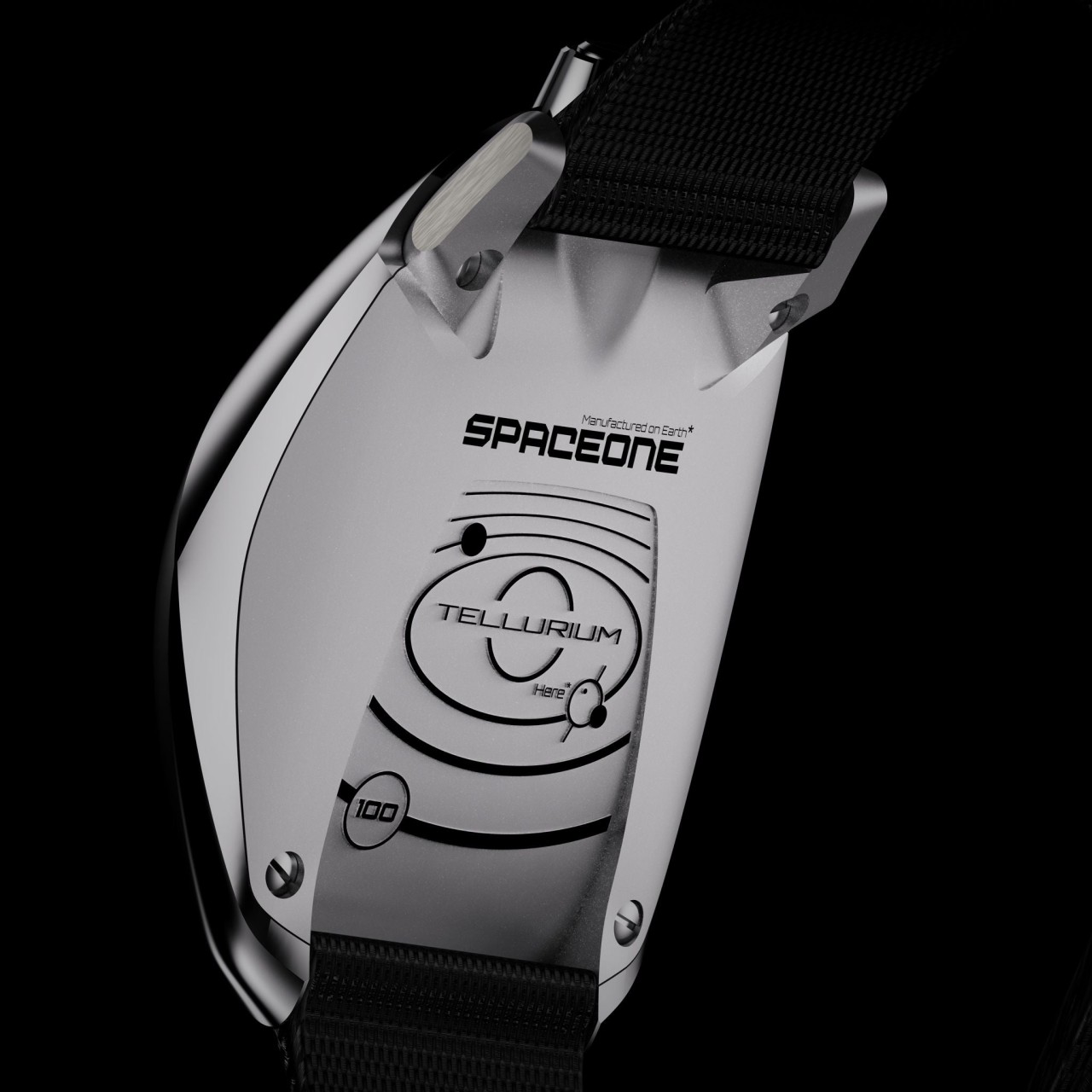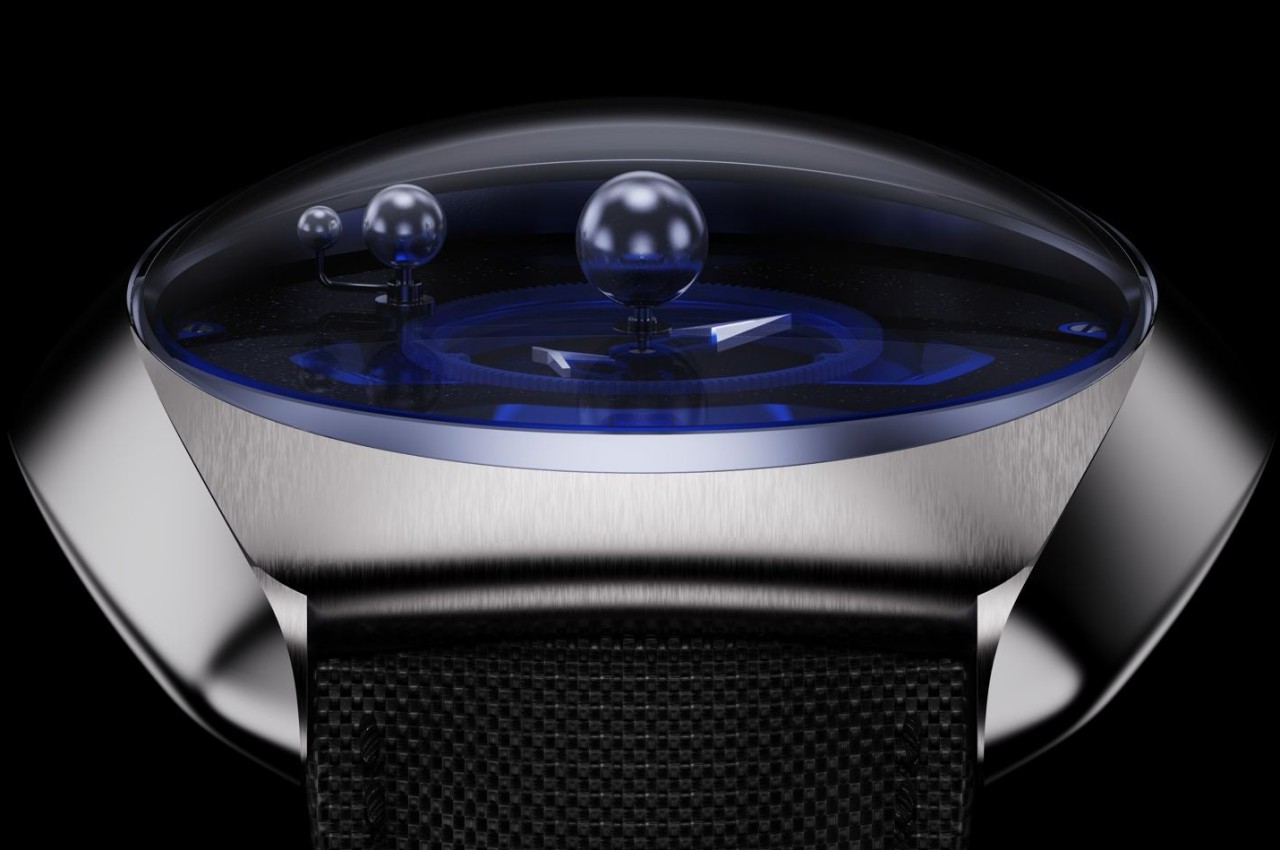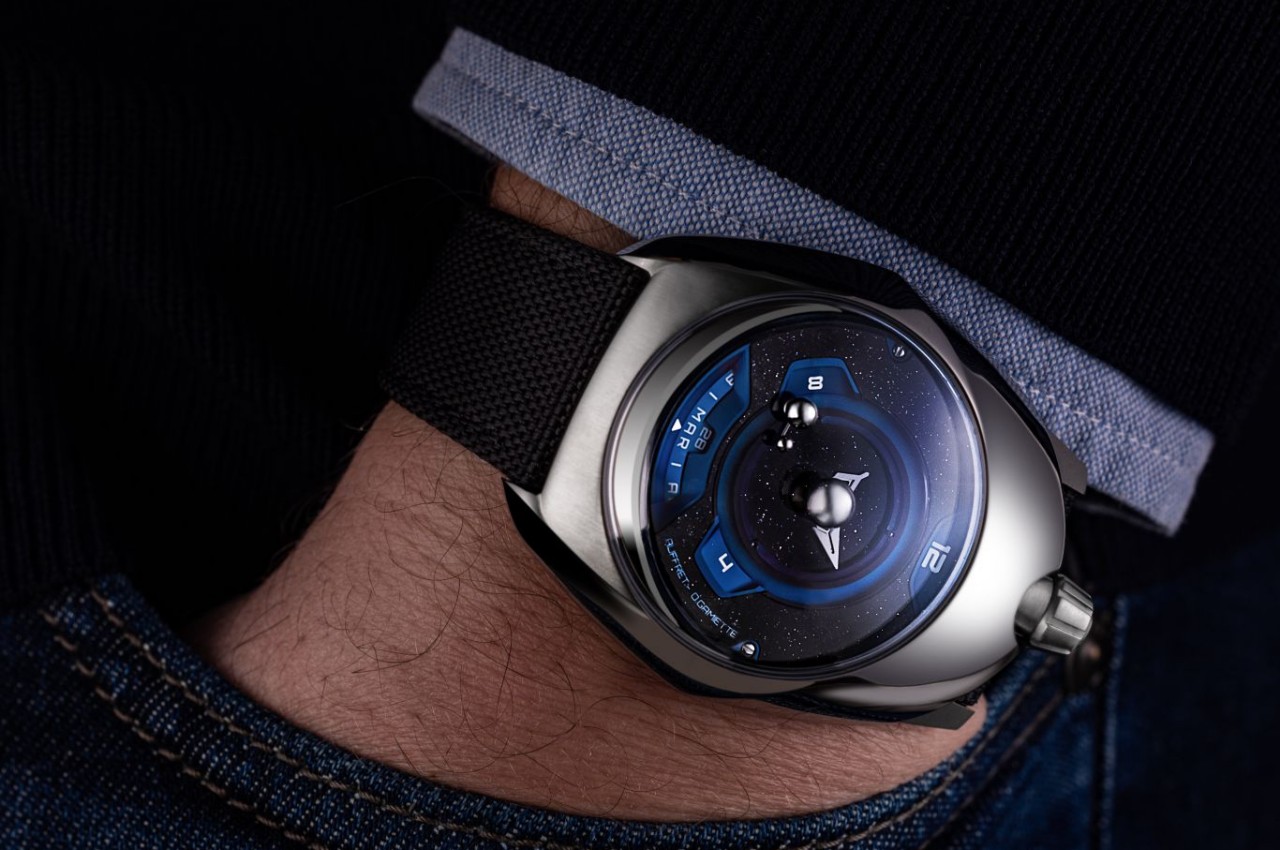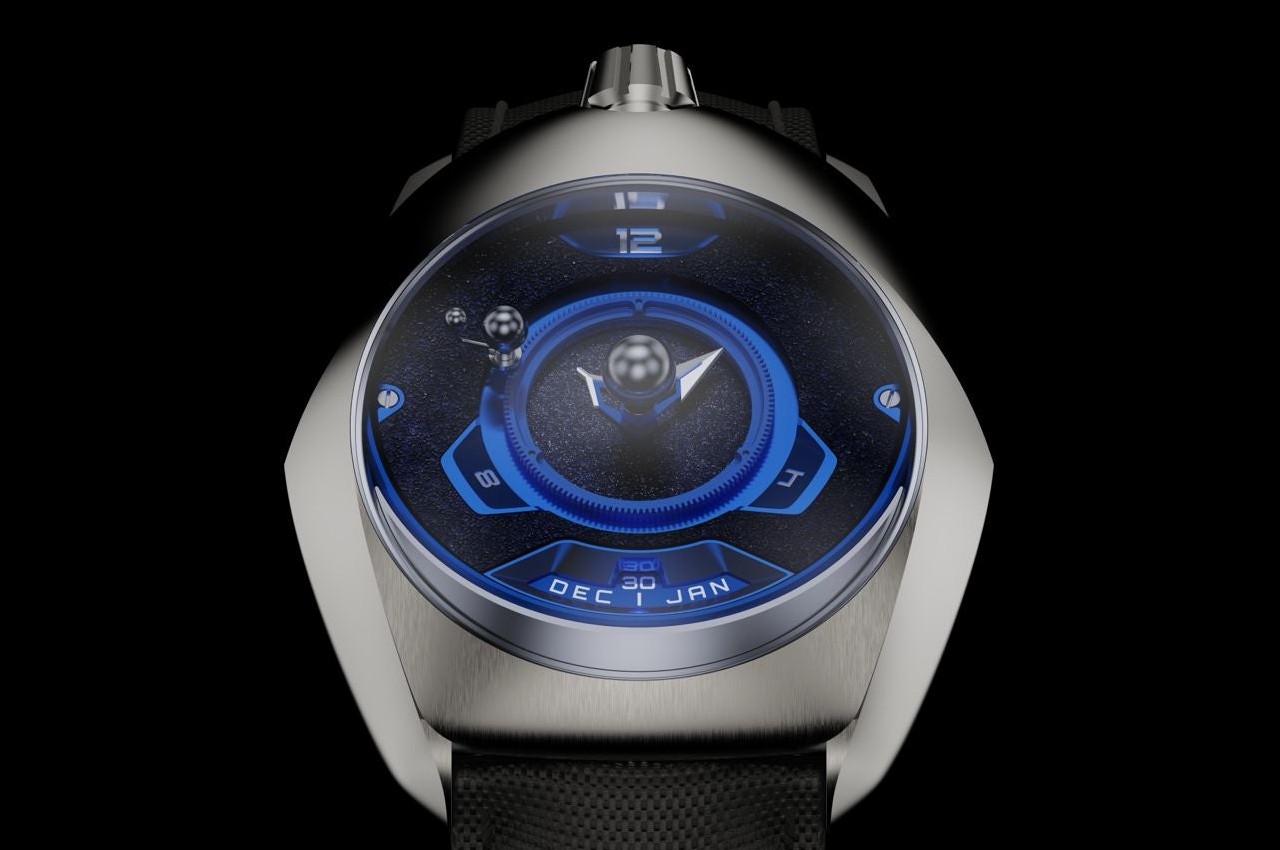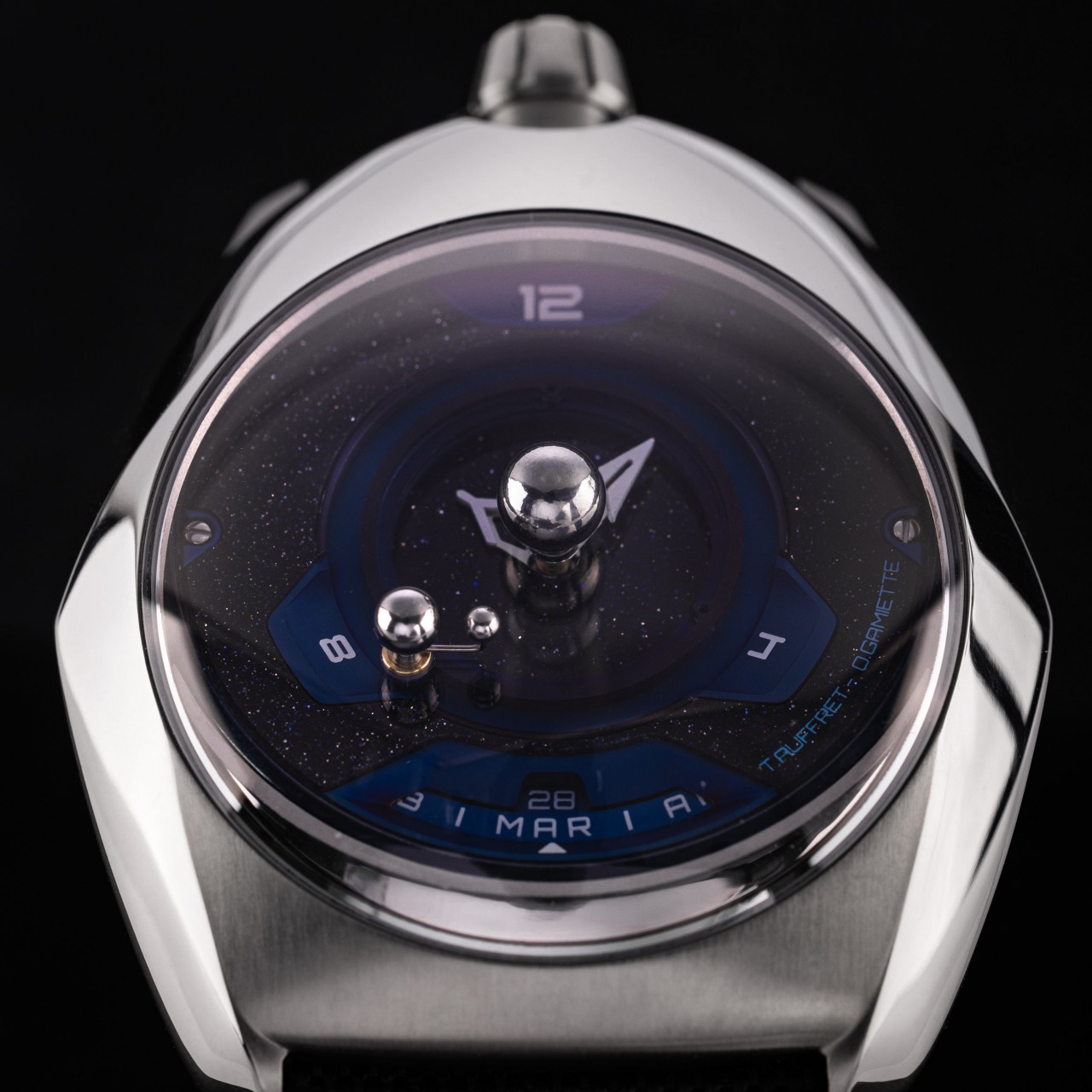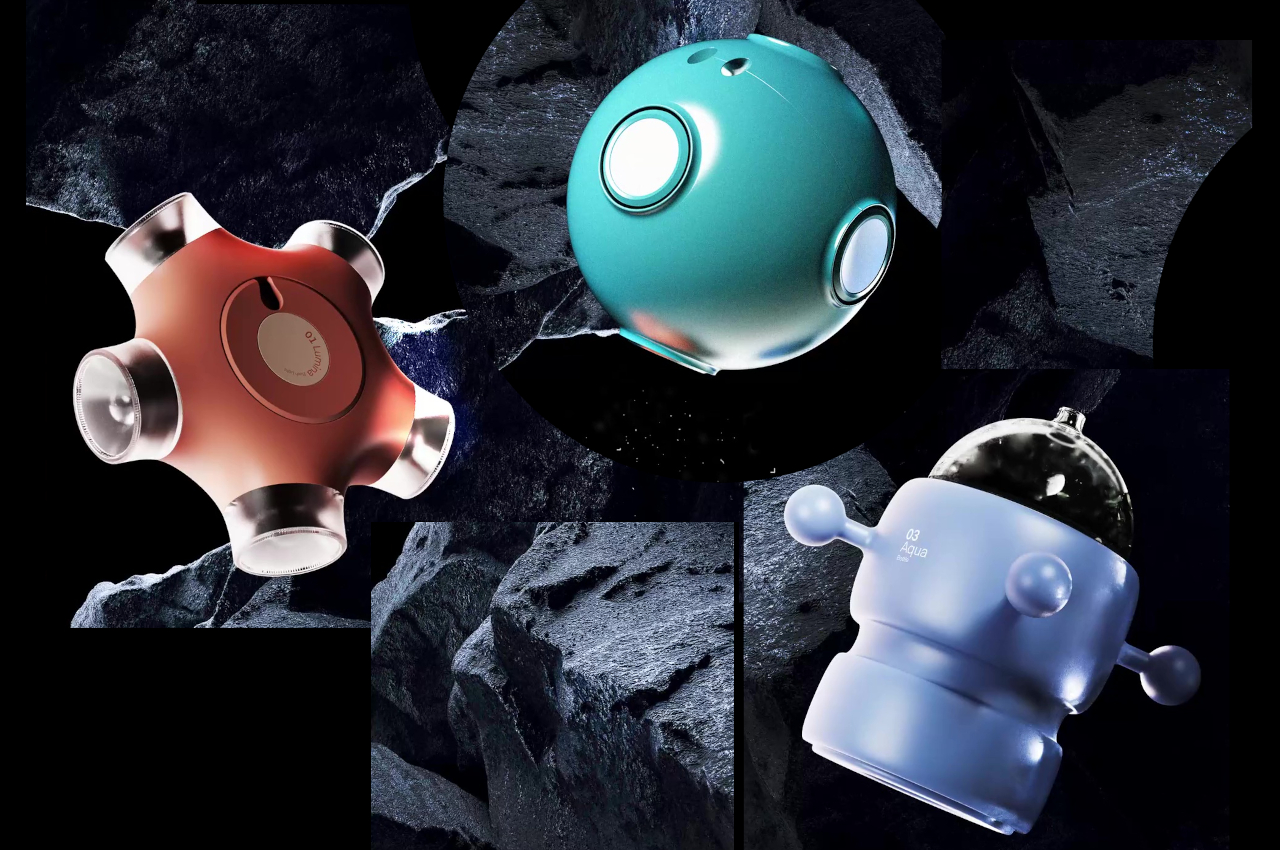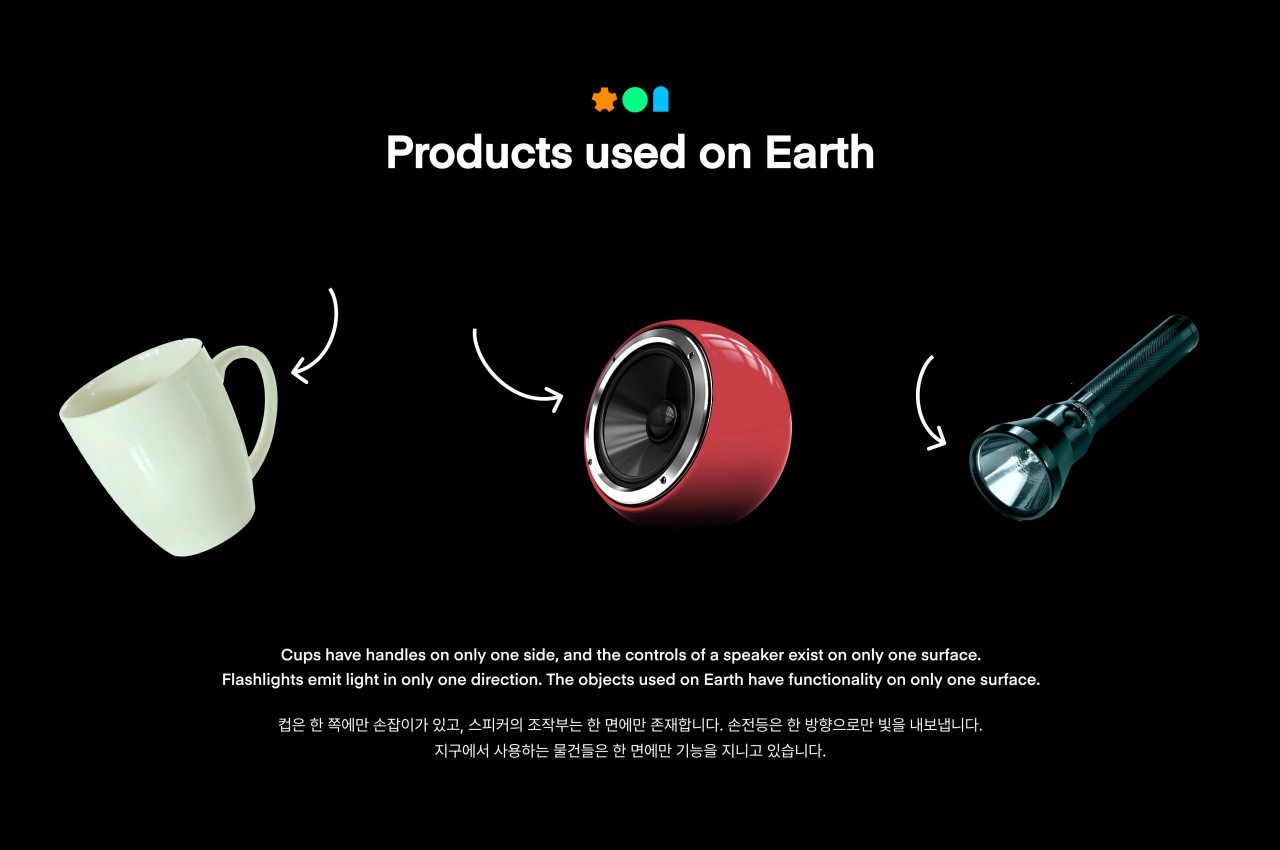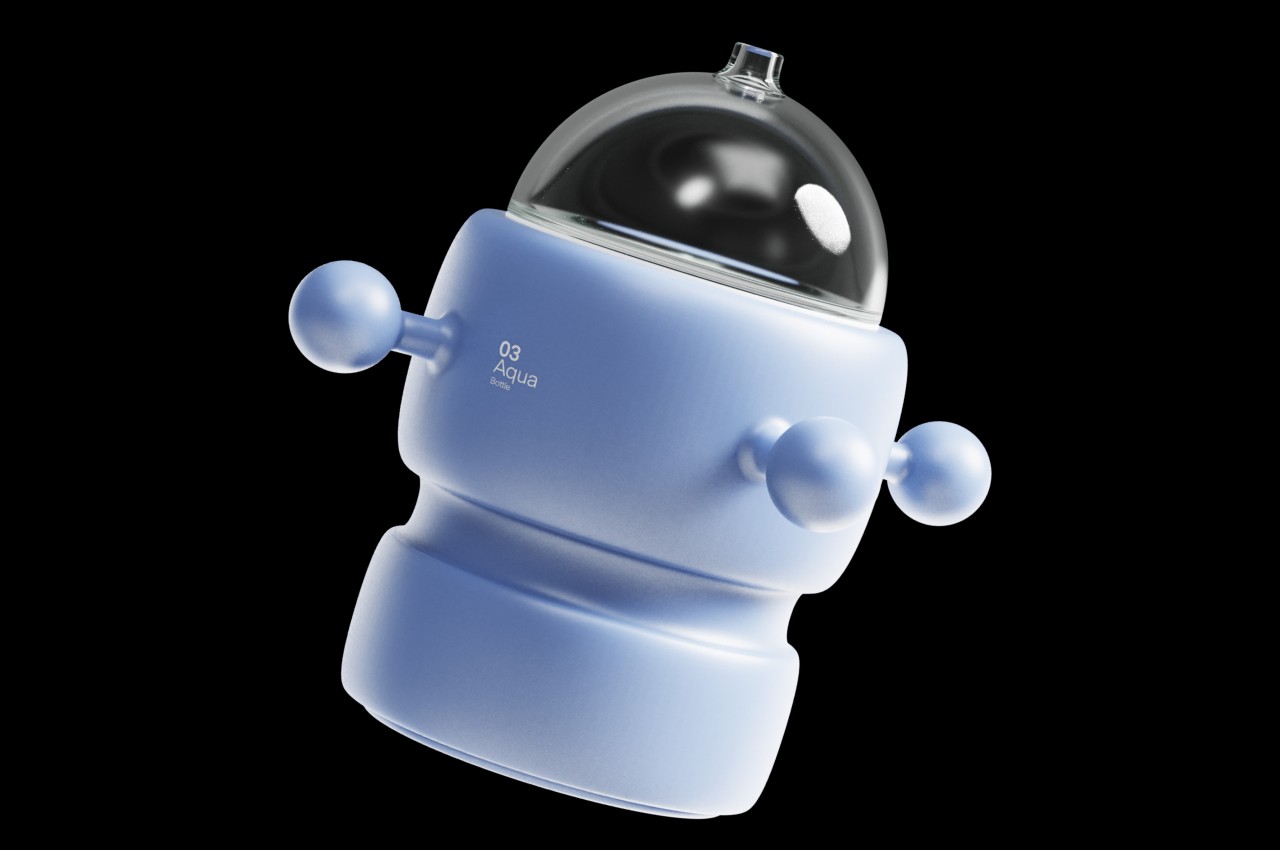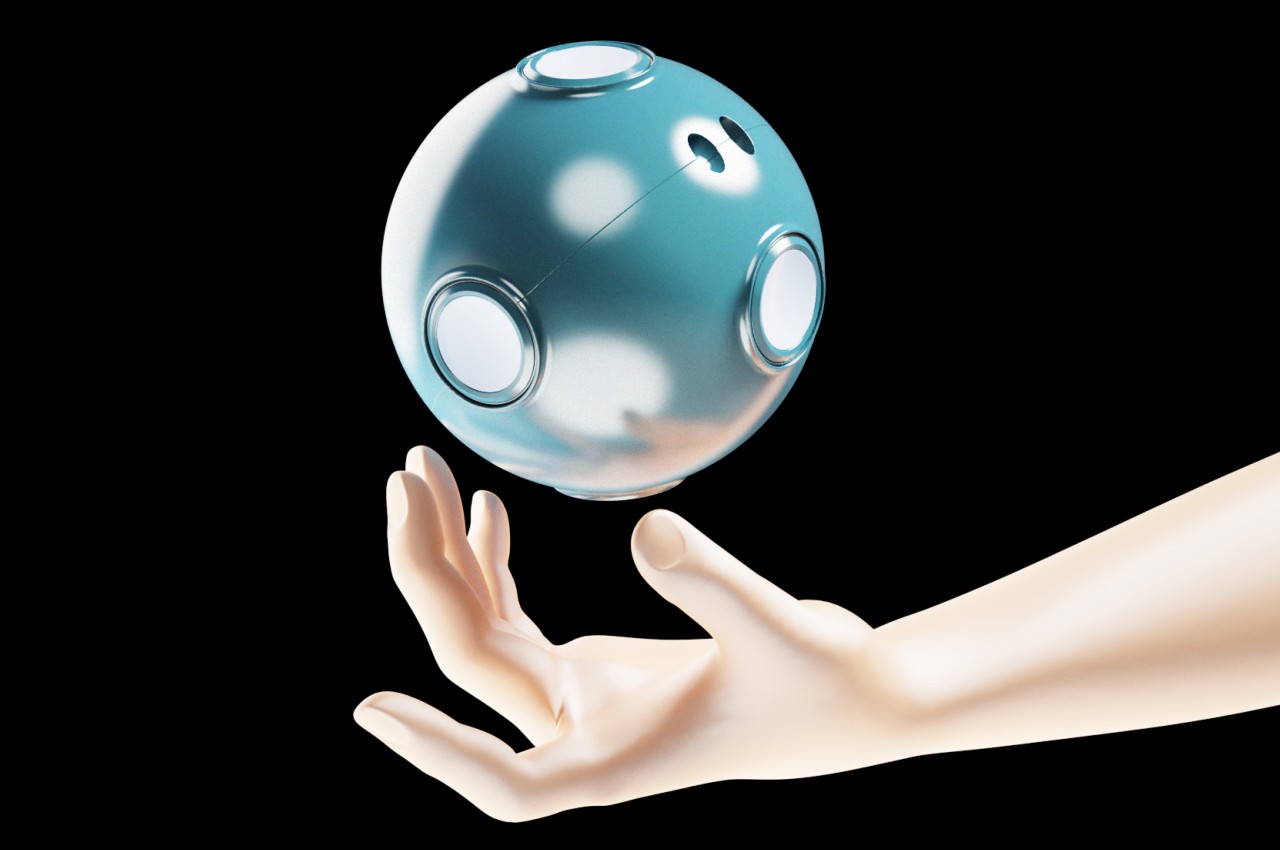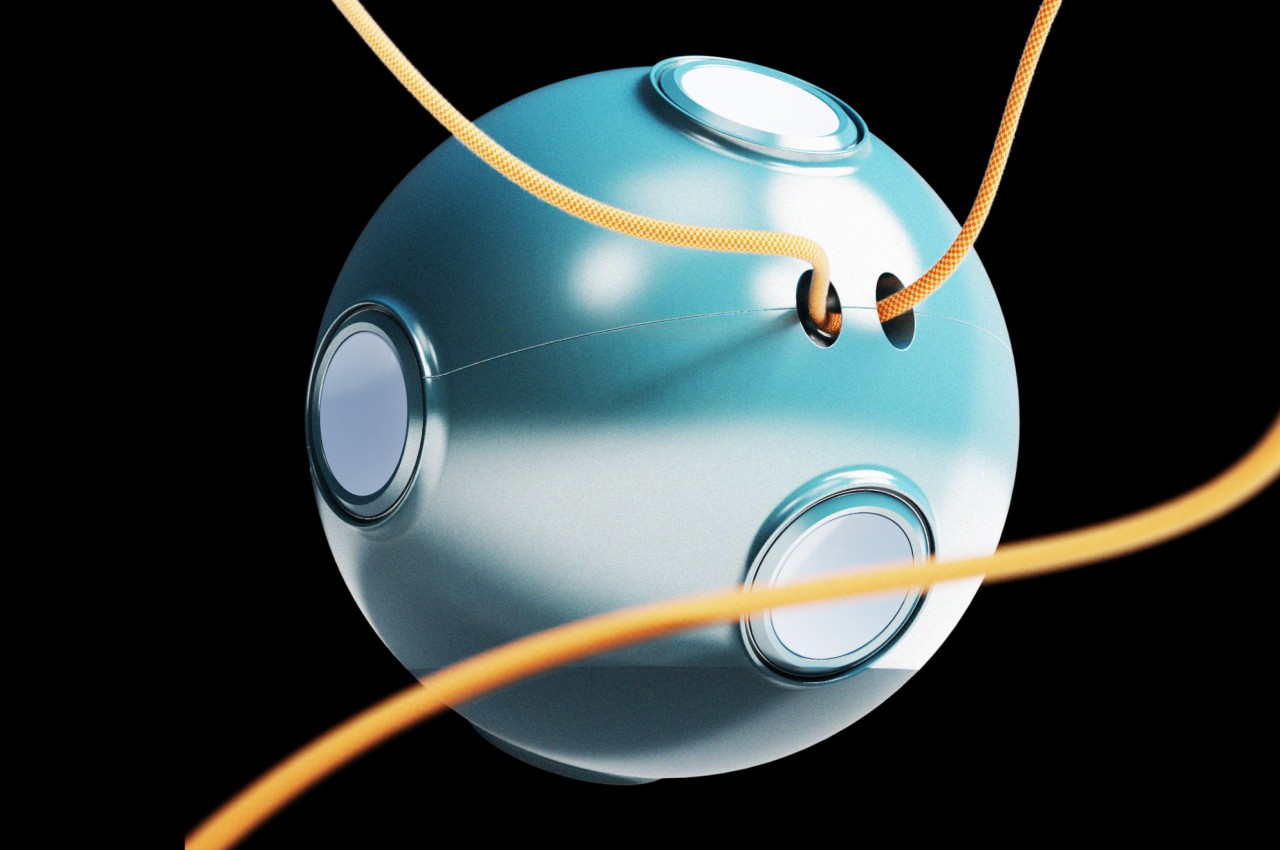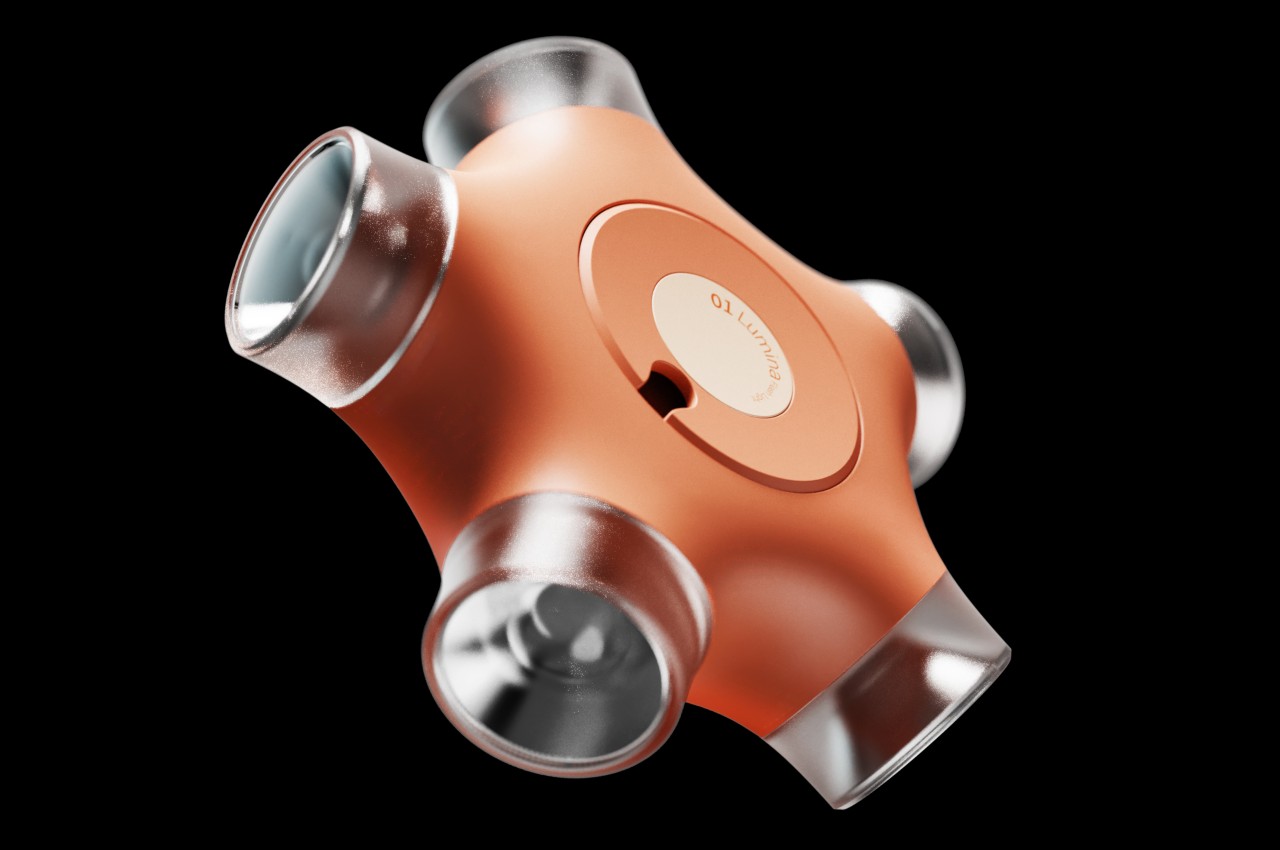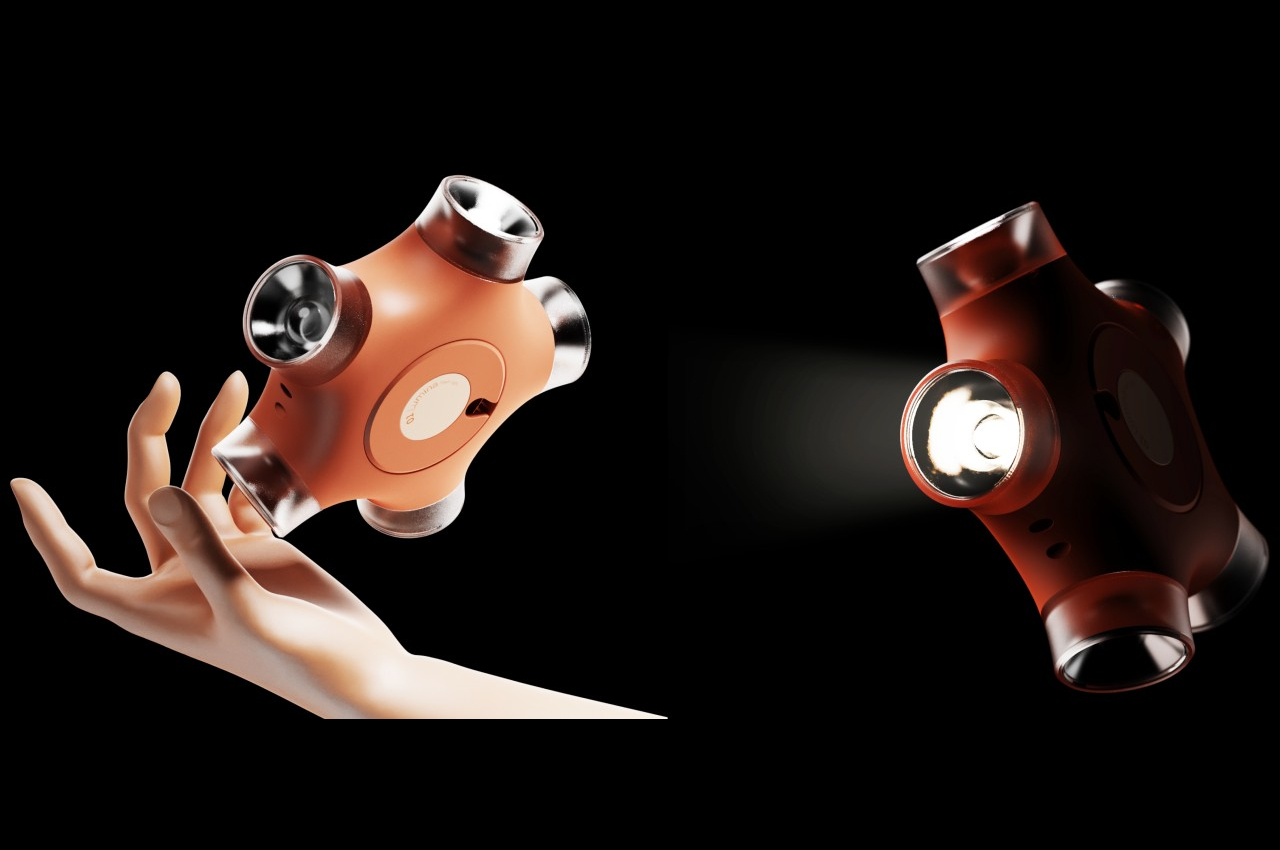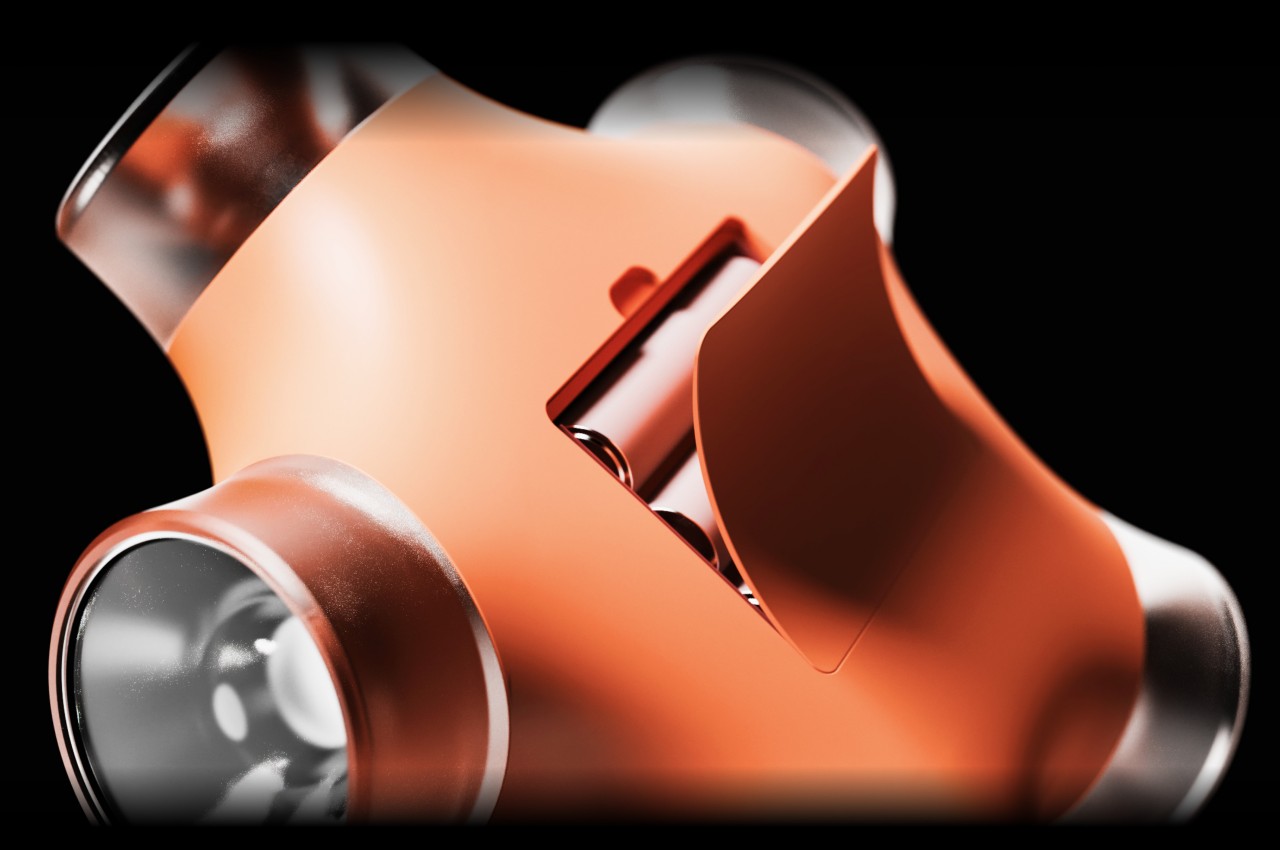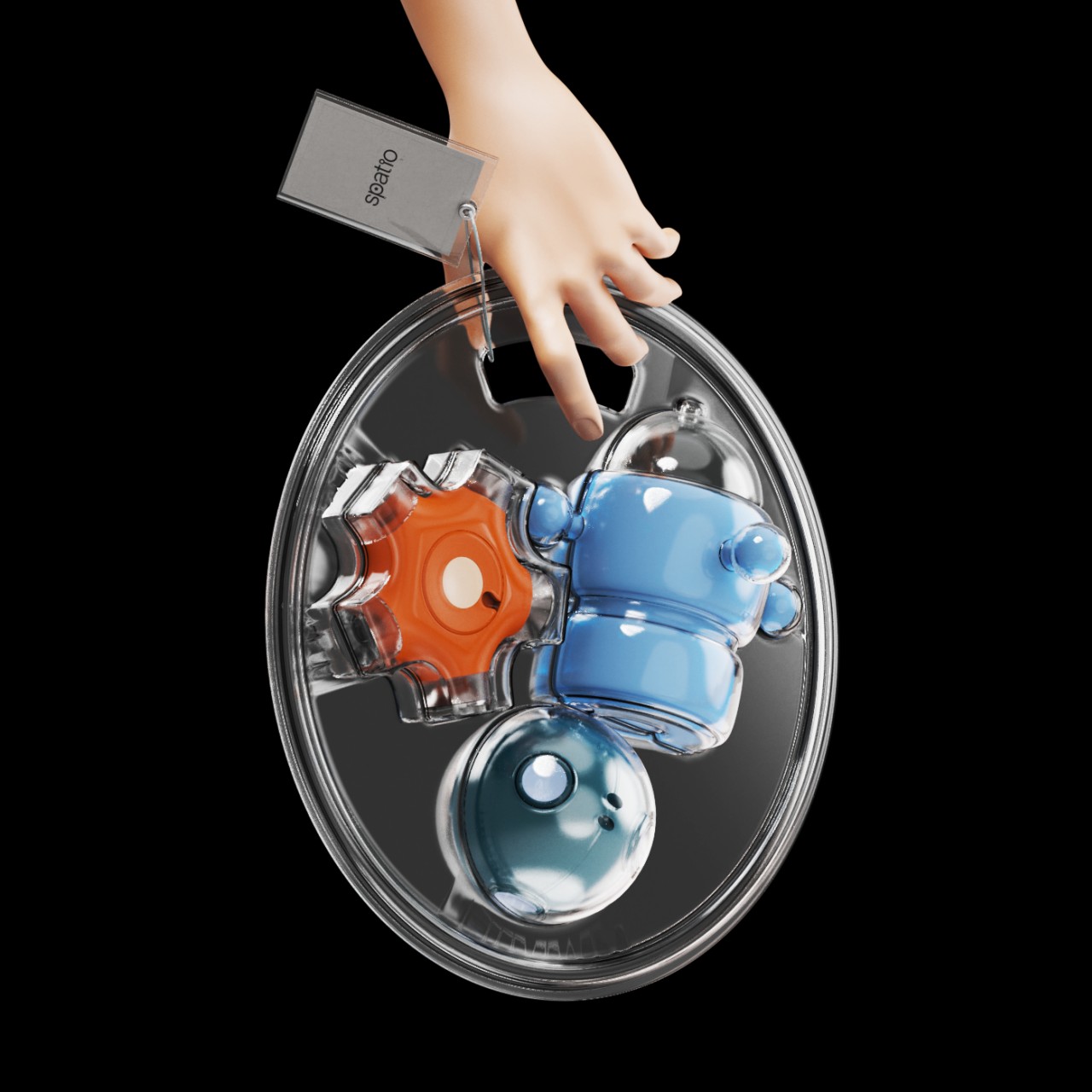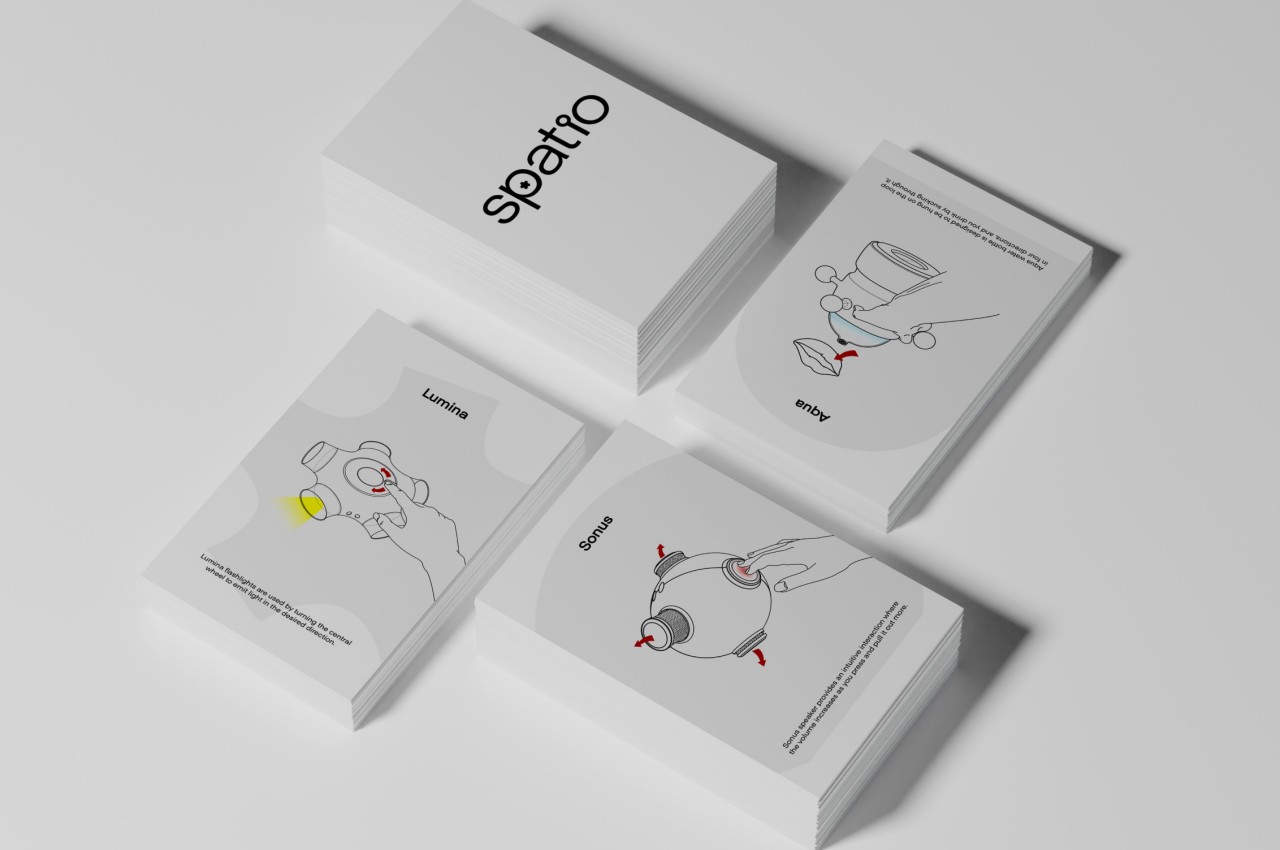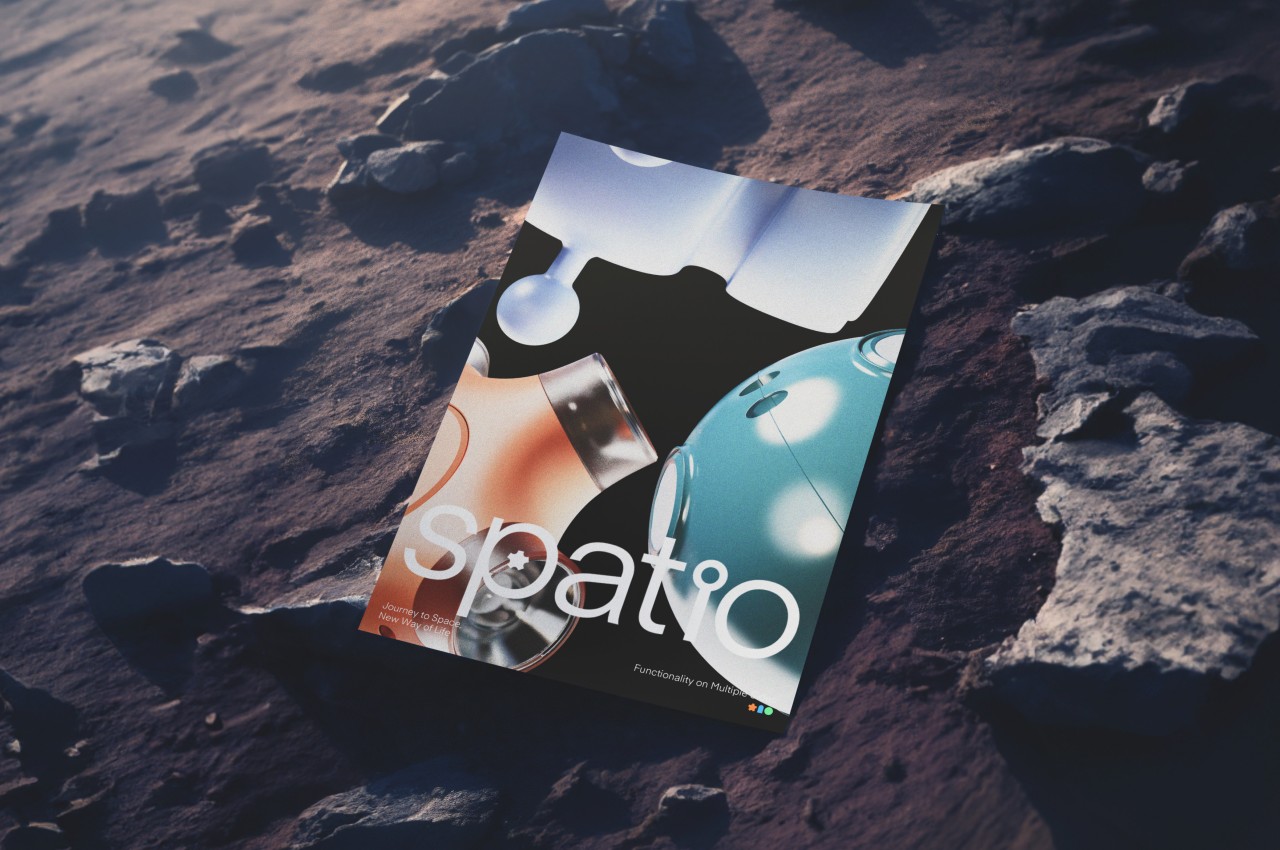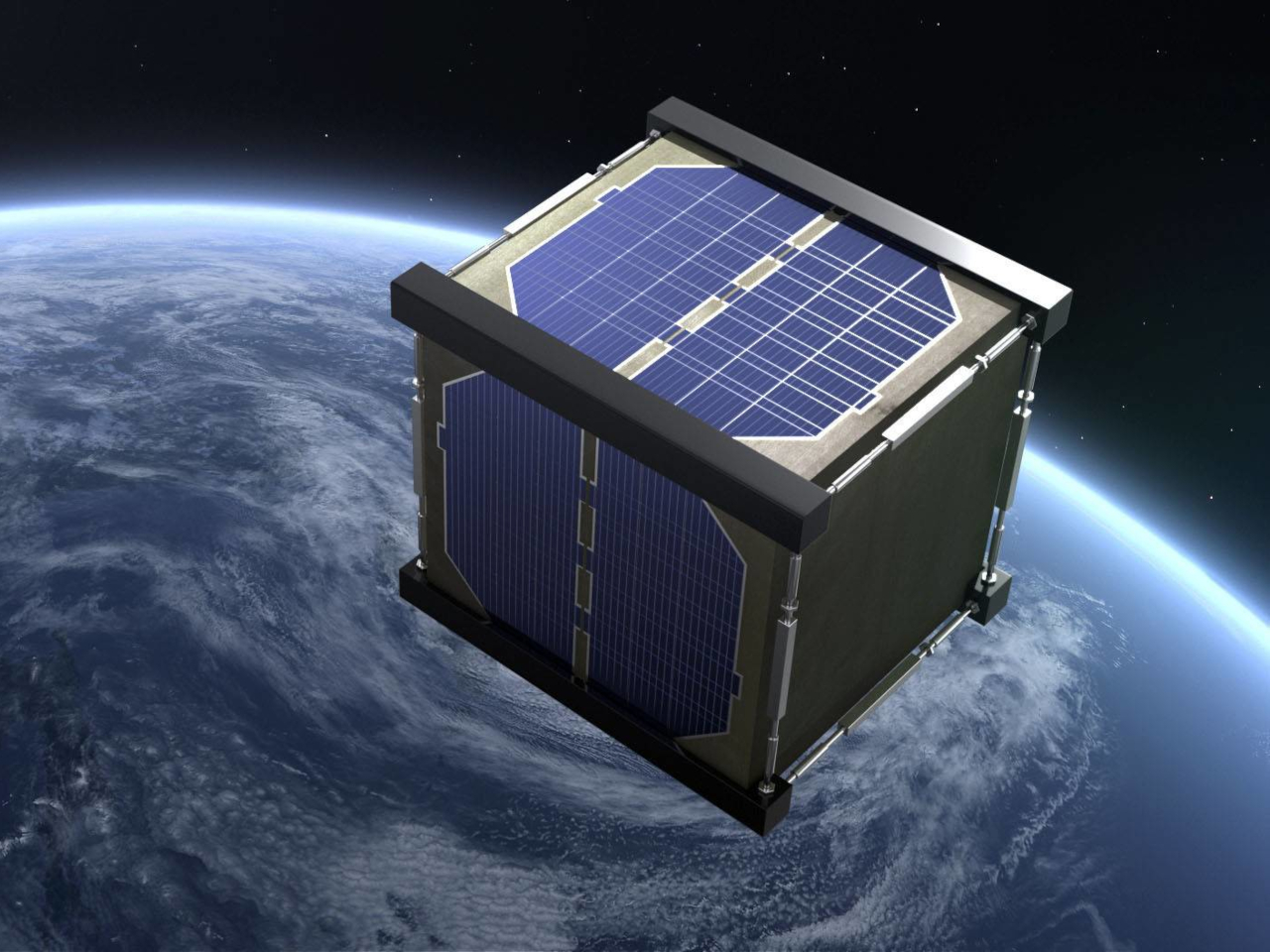
The media focus on rocket launches, moon landings, and Internet satellites has inspired many to look to the stars for the future of mankind. There are still plenty of areas on the Earth that can be explored, but our expansion can only expand upward at this point. But even before we get there, we are already filling our outer skies with dozens if not hundreds of small metal objects known as satellites, and their numbers are only expected to grow as we move forward.
Satellites have various applications, from communication to observation, but none of them so far remain in orbit in perpetuity. We are, thus, facing a two-headed problem of a myriad of these objects cluttering the space around our planet as well as plummeting back down, sometimes with disastrous results. To find out if there are more sustainable options, the world’s first wooden satellite just made its extraterrestrial voyage in the hopes of replacing metal with wood in the future.
Designers: Sumitomo Forestry, Kyoto University
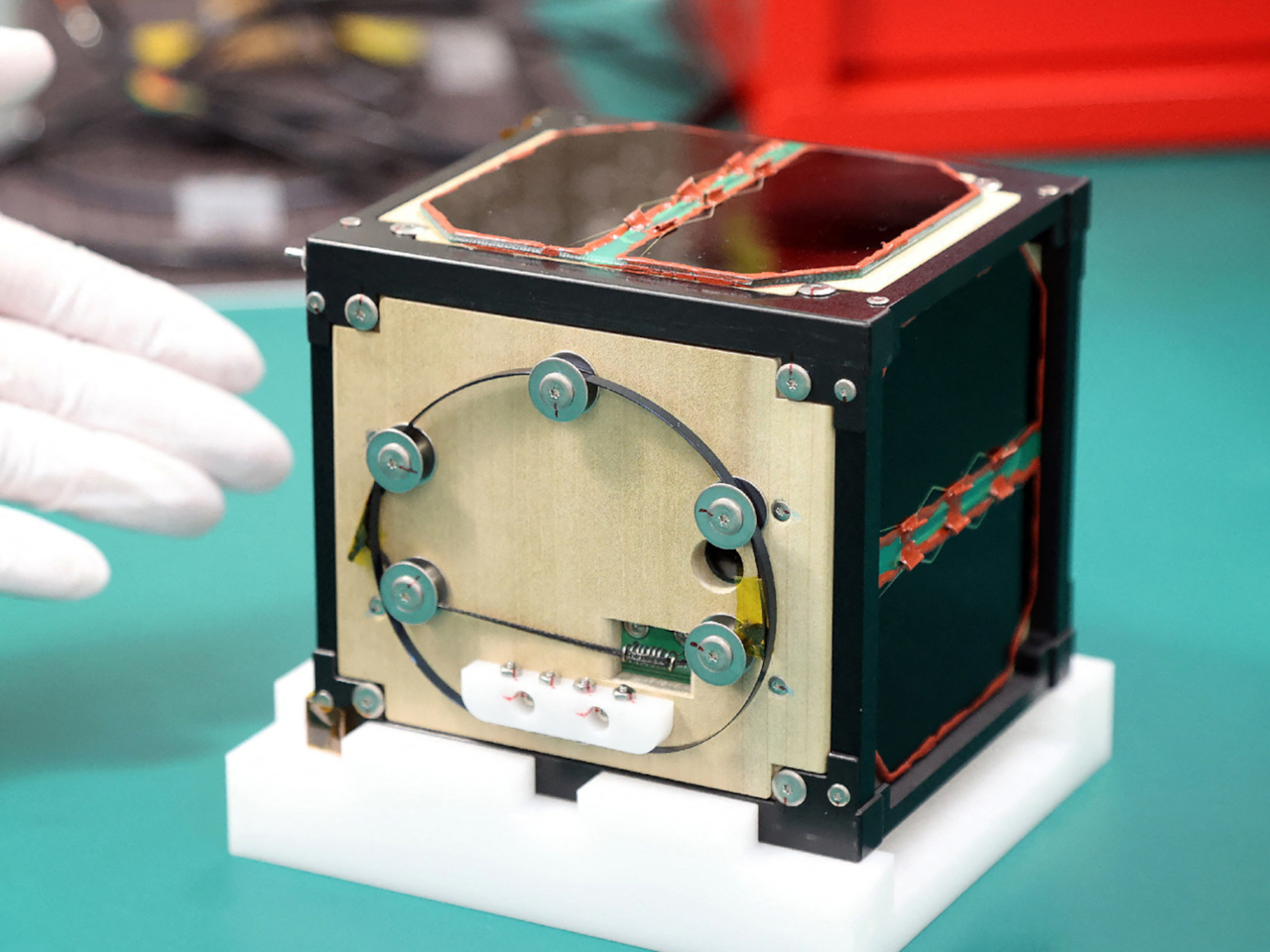
Satellites can orbit the Earth for years, but they will eventually be decommissioned and fall back to Earth. Most of their mass will burn up on re-entry, but the burning metal will release dangerous aluminum oxide pollution into the atmosphere. Wood will also burn up, of course, but the effects on the environment will be significantly smaller.
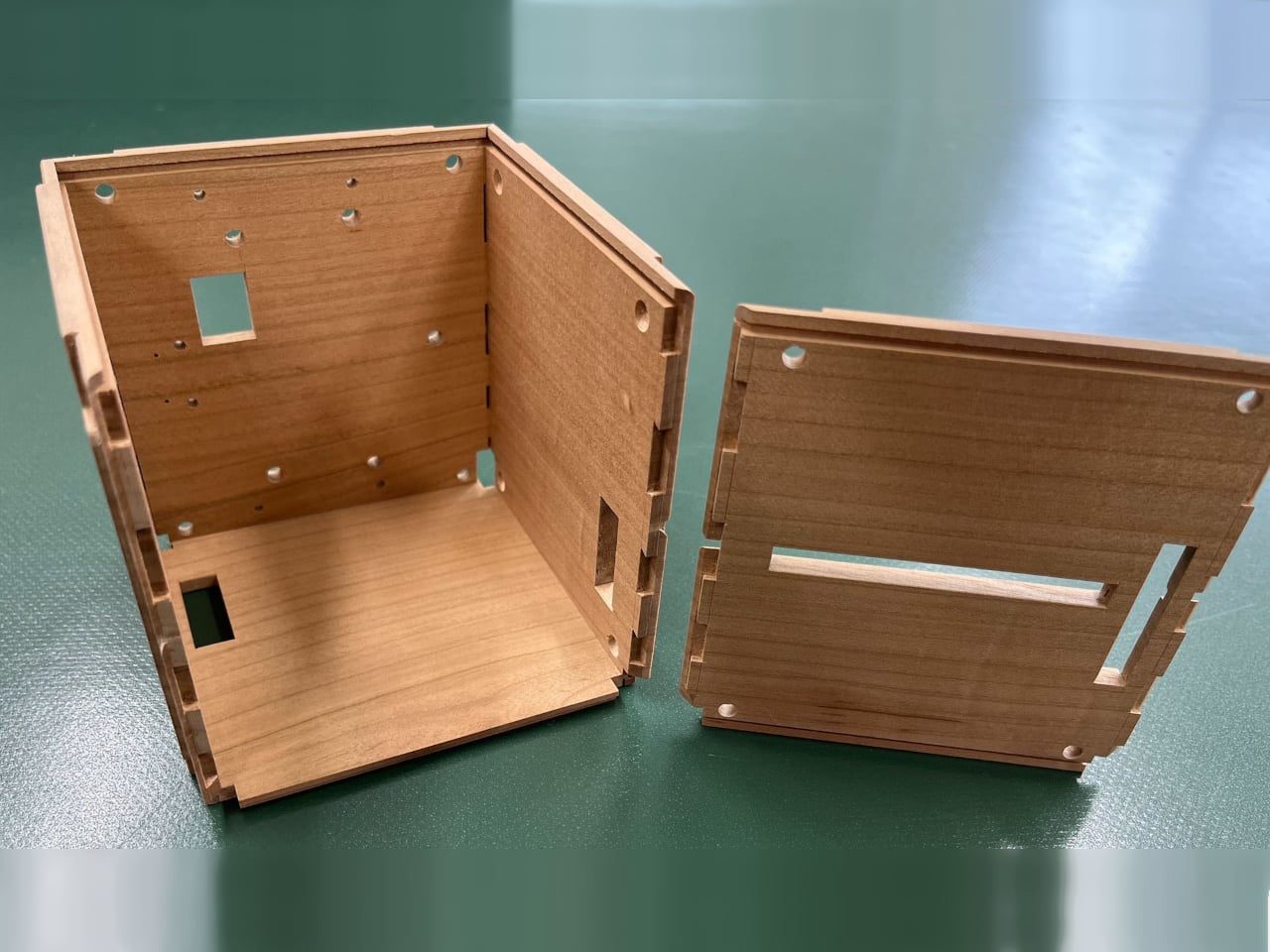
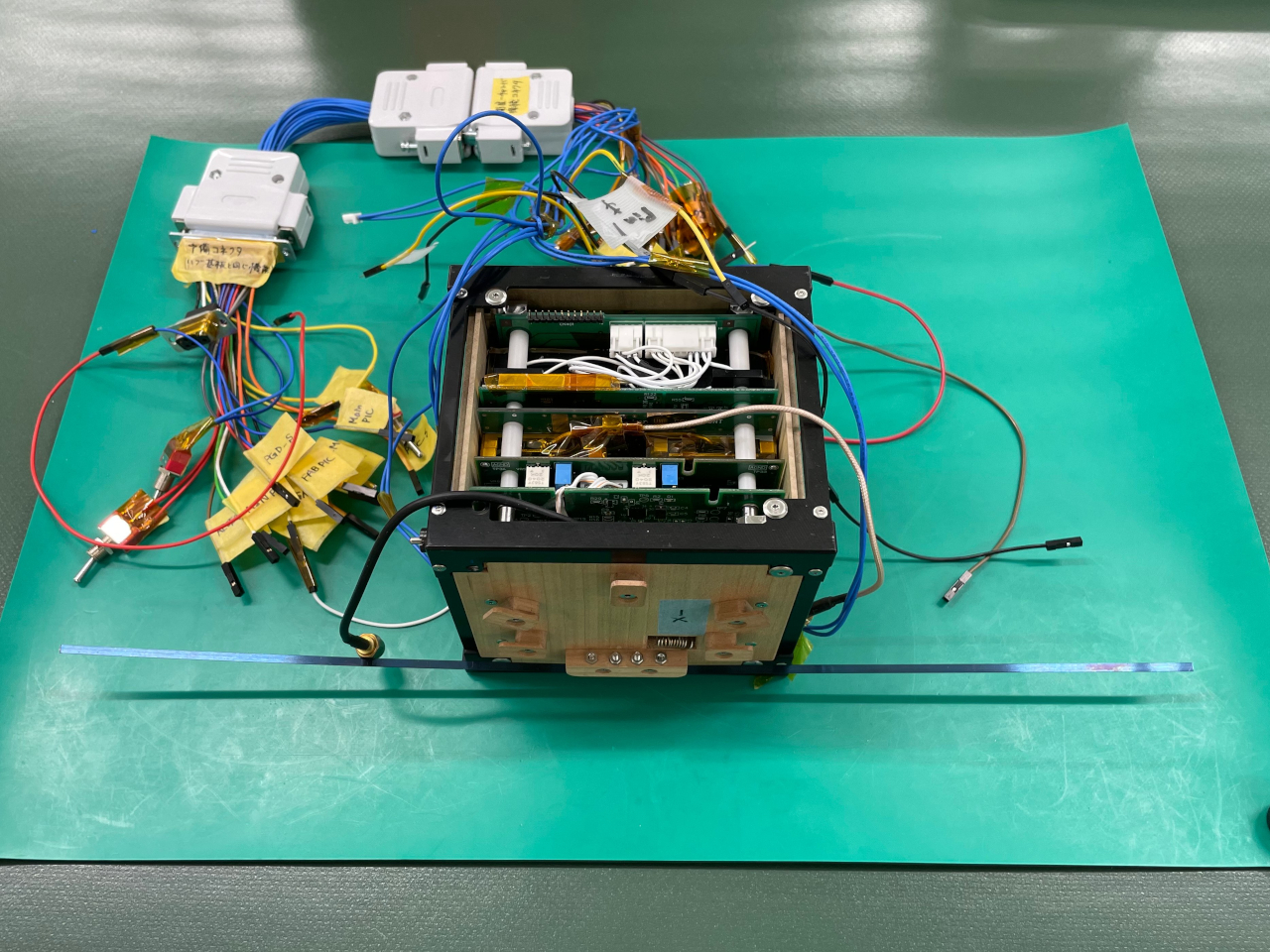
Made from Japanese hinoki or cypress wood, the boxy LingoSat satellite is designed to test the theory of replacing metal satellites with wood-enclosed versions. The sides of the box are held together without screws or glue, using a traditional Japanese craft technique similar to dovetail joints. This method will help minimize the use of metal or potentially toxic materials that would burn in the atmosphere.
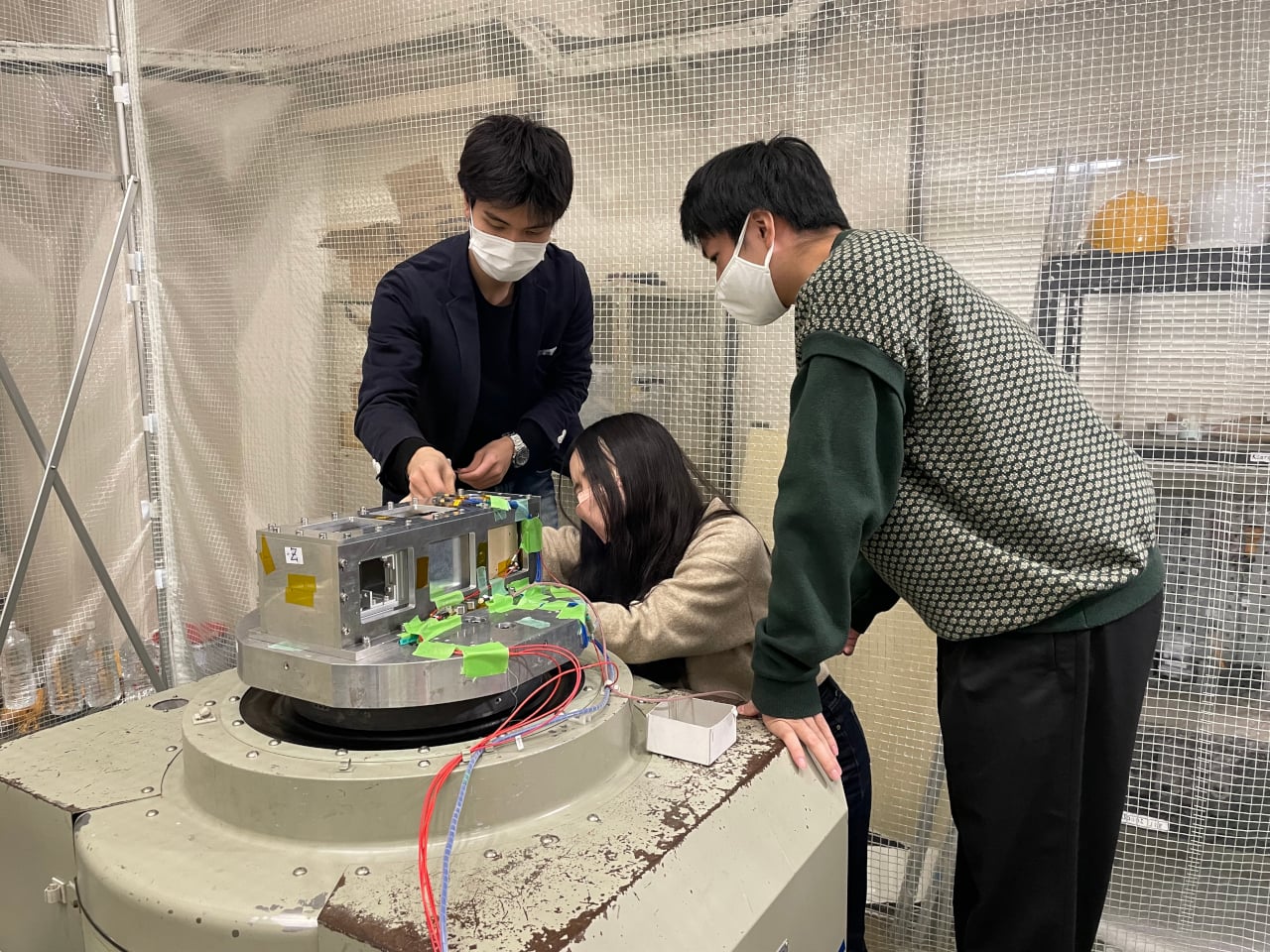
The experiment will test how well wood will fare in the harsh environment of space, such as extreme temperature fluctuations, and how well it can shield electronics inside from space radiation. The latter could have useful applications back here on Earth as shielding for semiconductors in data centers. If successful, this design could significantly help solve the problem of space trash and debris falling back down.
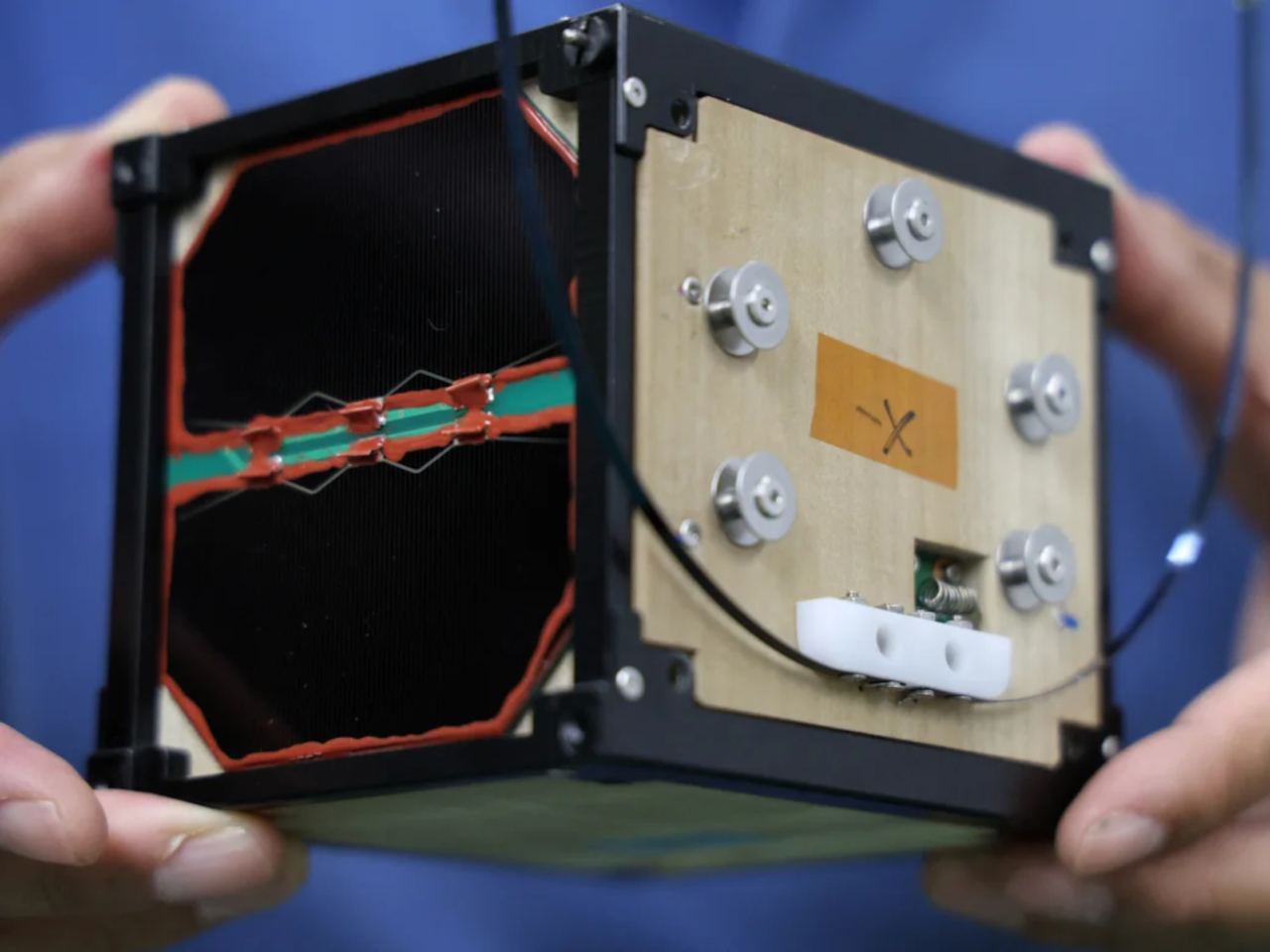
The LingoSat wooden satellite launched into space last Tuesday and will be heading to the International Space Station. From there, it will spend six months in orbit at a height of 400km (250 mi) above the Earth. Like any other satellite, it will eventually be decommissioned and fall down but with less fanfare.
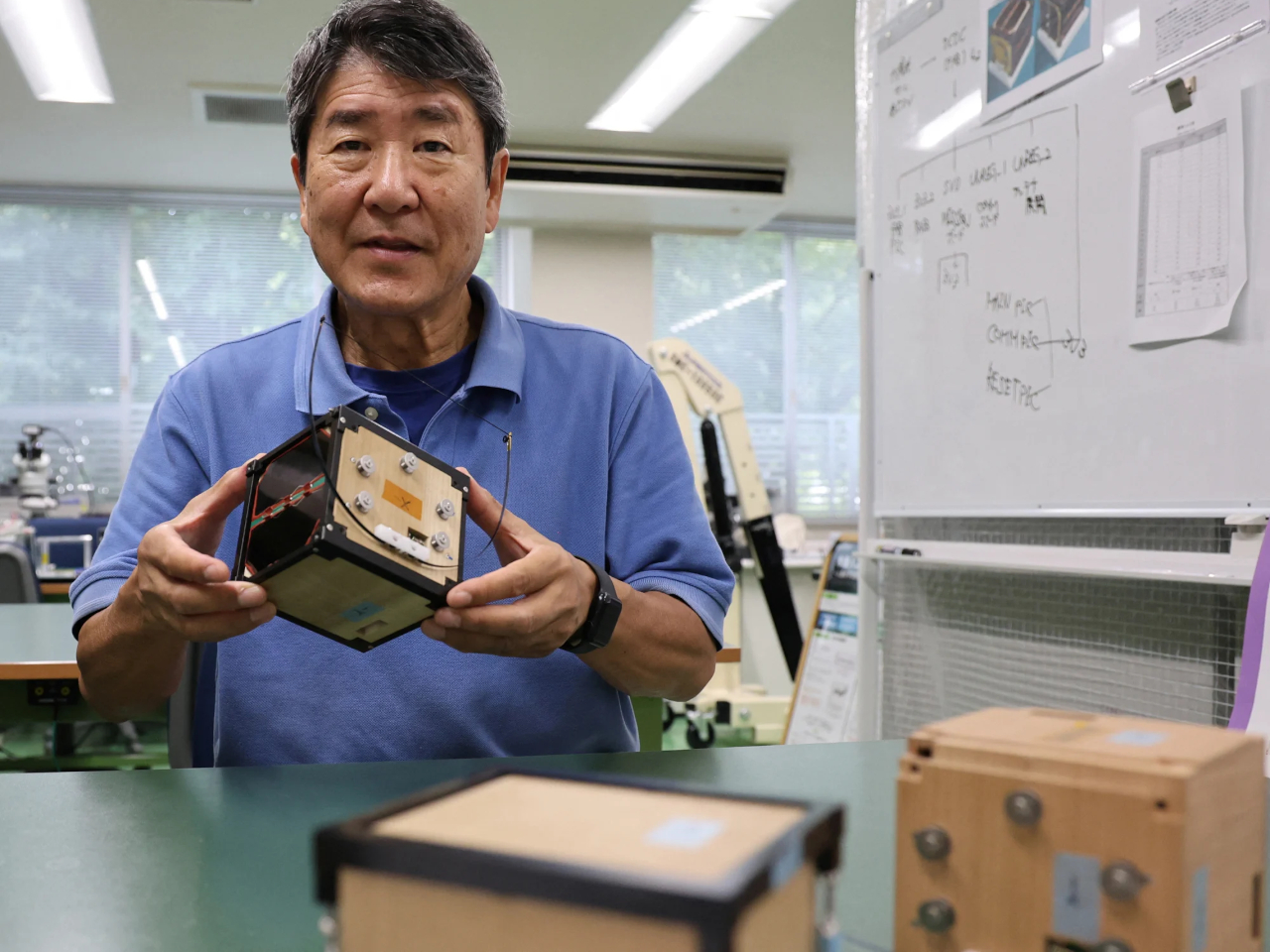
The post Japanese wooden satellite launched to help curb space trash first appeared on Yanko Design.

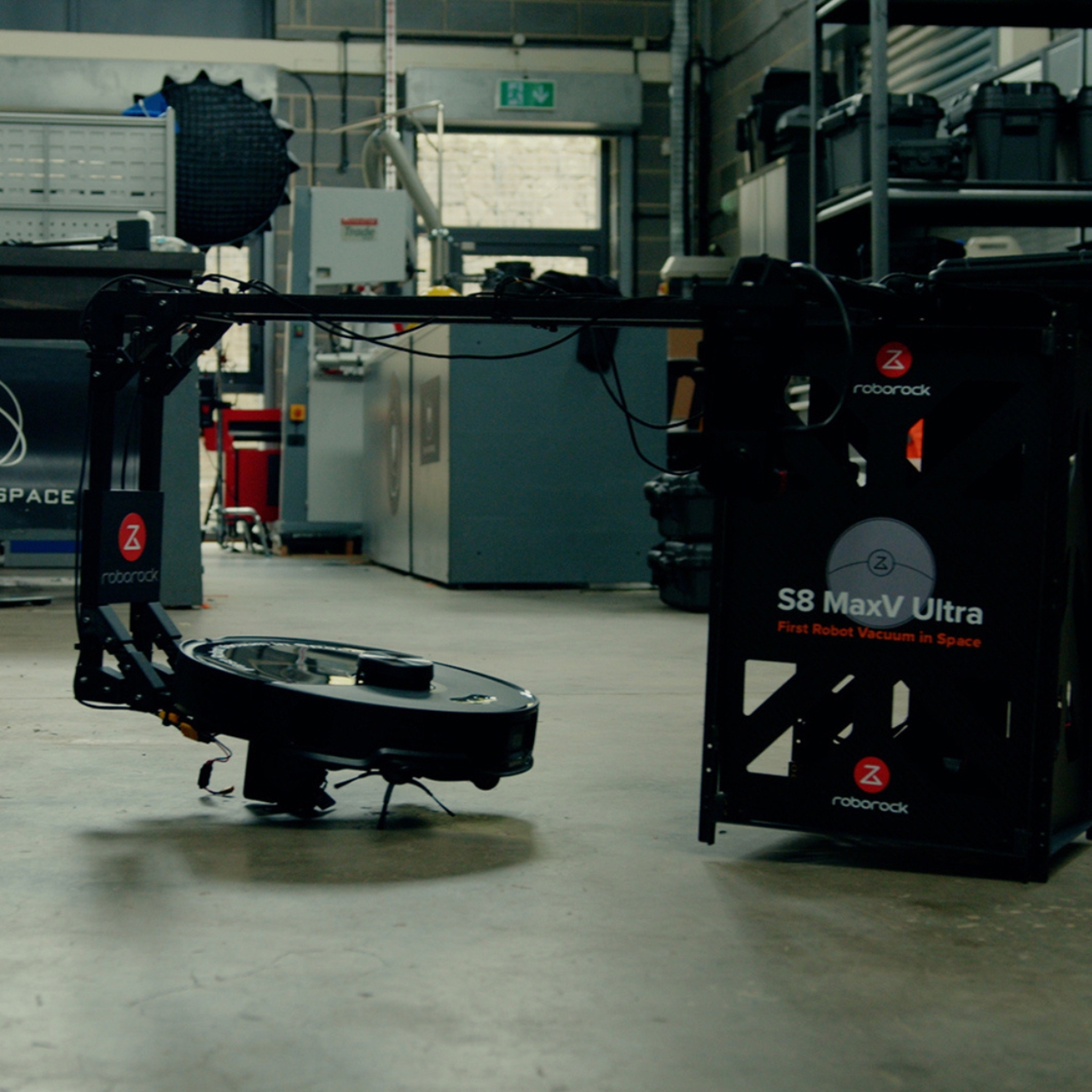
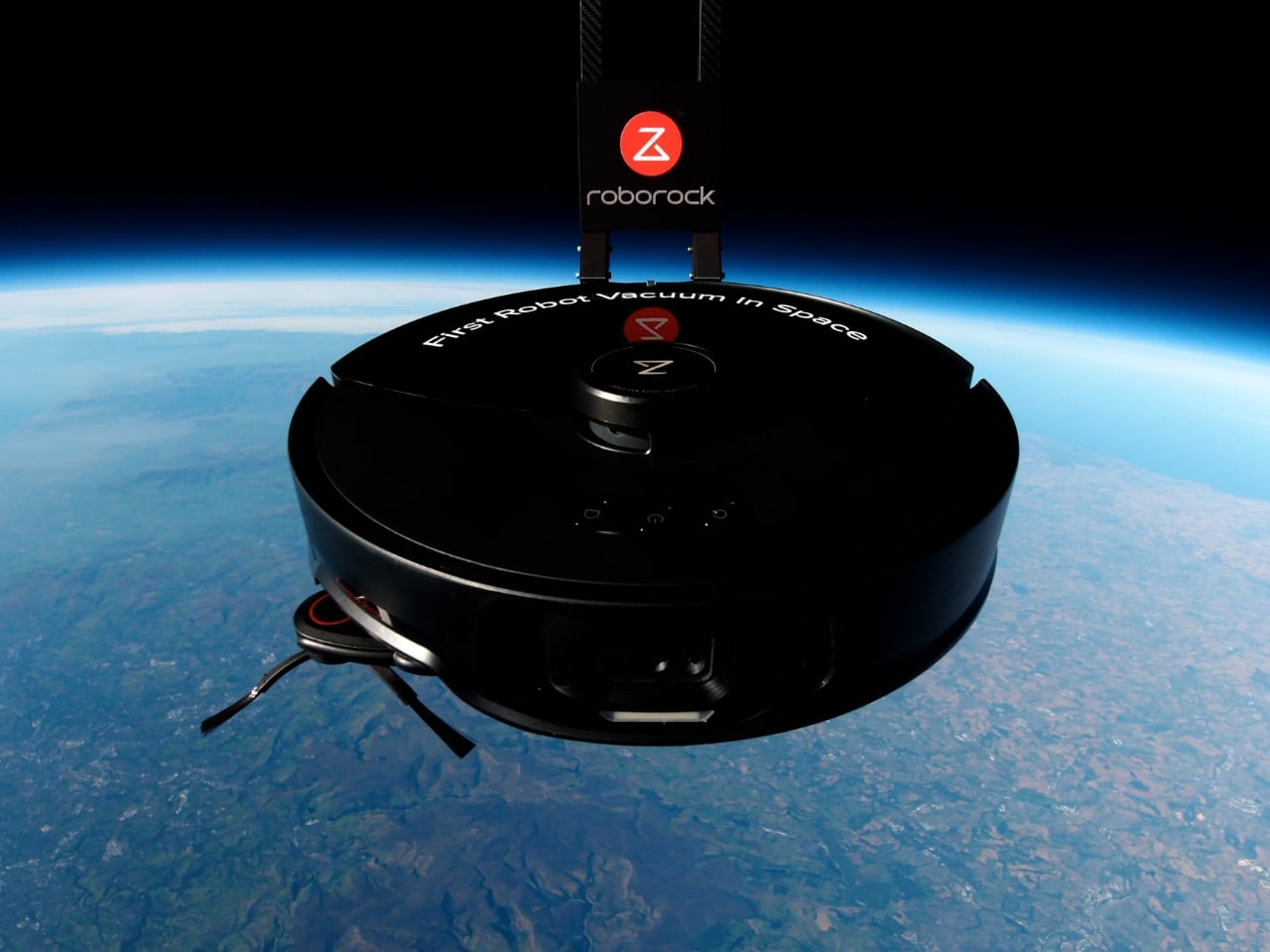

 Side Brush and the Extra Edge Spinning Mop System that lets it have 100% corner coverage as it’s able to reach tight corners and crevices. It also has the VibraRise® 3.0 Mopping System that lets it do high-speed sonic mopping and the 20mm mop module lift that lets it automatically rise when cleaning carpets. So in the future, if you do go to space, you can take it along with you.
Side Brush and the Extra Edge Spinning Mop System that lets it have 100% corner coverage as it’s able to reach tight corners and crevices. It also has the VibraRise® 3.0 Mopping System that lets it do high-speed sonic mopping and the 20mm mop module lift that lets it automatically rise when cleaning carpets. So in the future, if you do go to space, you can take it along with you. 





















